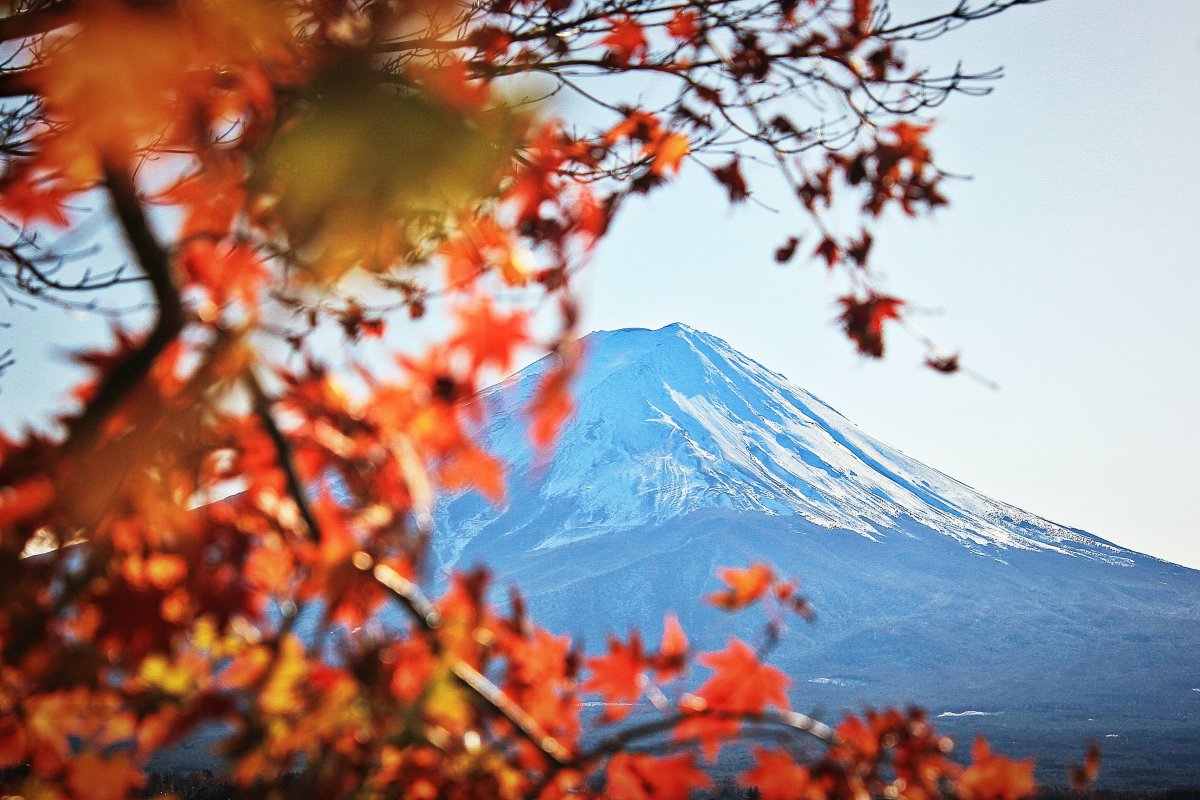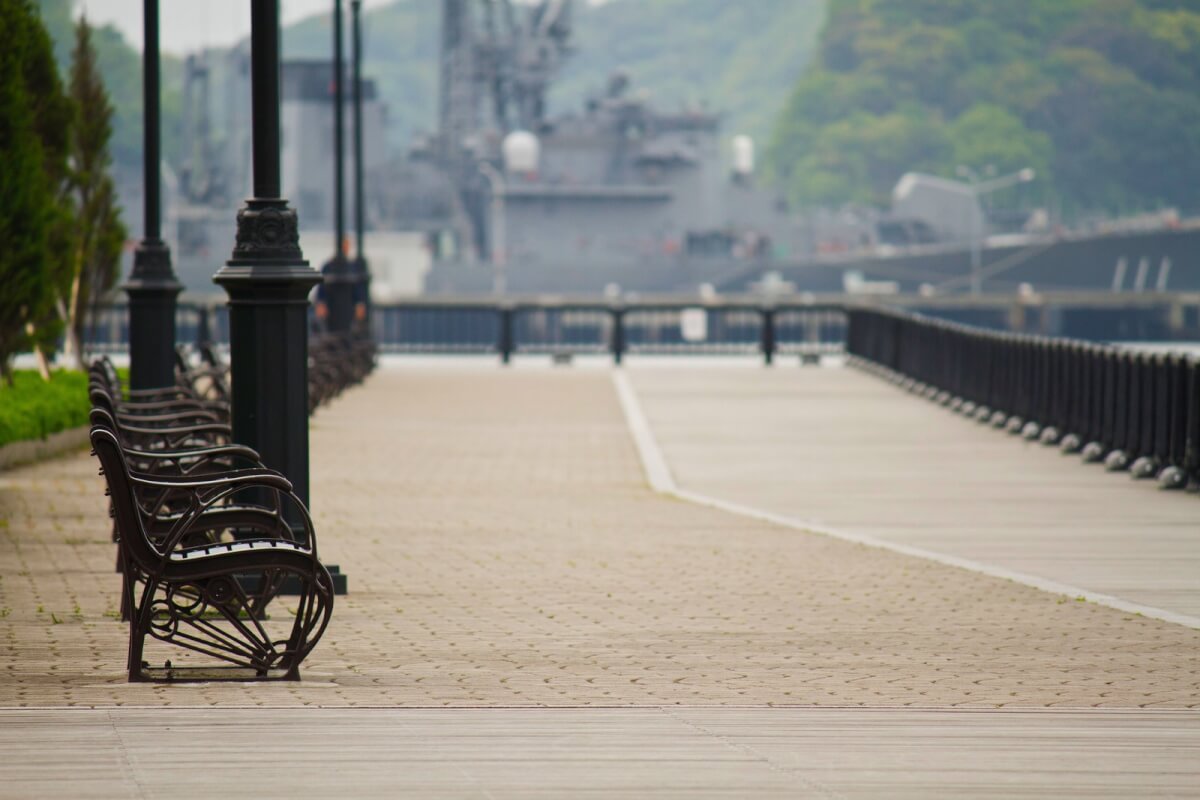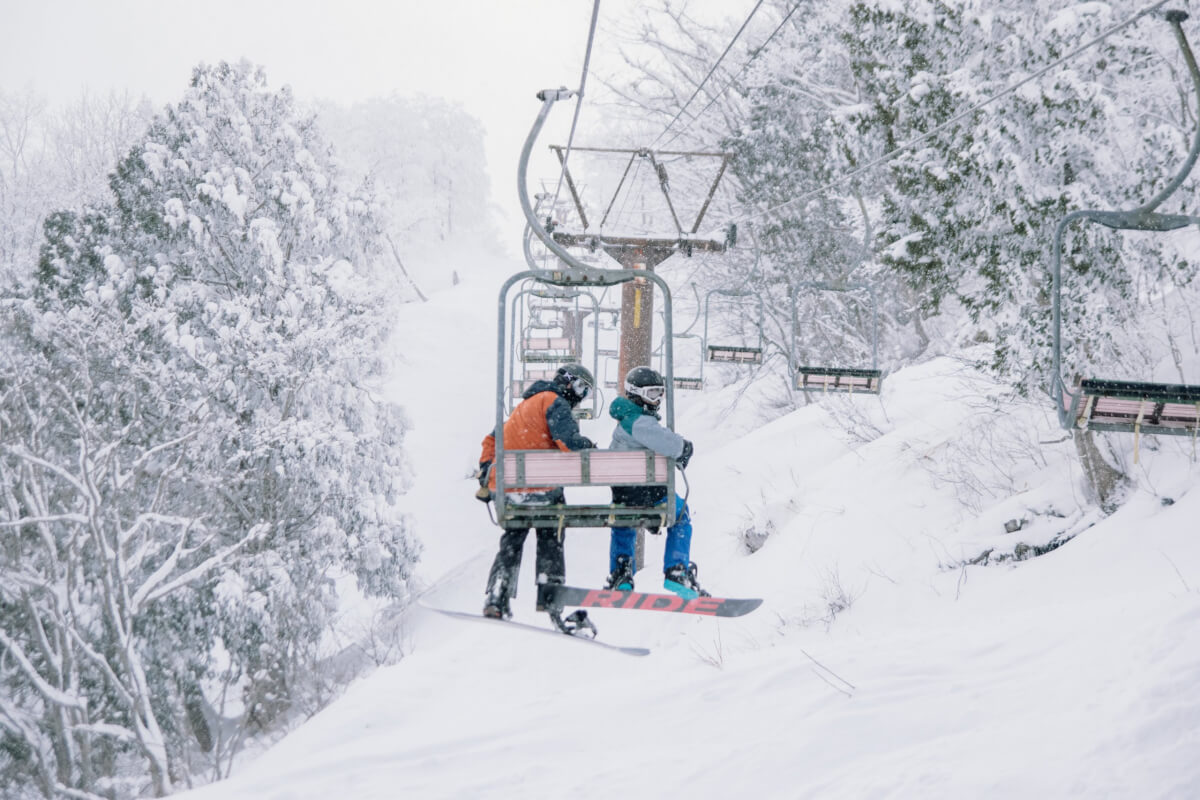Japan is a surprisingly large country, stretching over 3,000 km in length from top to bottom. The island country consists of 47 prefectures with a wide range of (tourist) attractions and different characteristics when it comes to culture, history and nature. The locals of each prefecture often strongly identify with their home prefecture and its culture, food, and dialect. Visiting each prefecture is its own unique experience and they are all different and beautiful in their own special way.
You can decide on your destinations depending on your own interests and preferences. Learning about each prefecture prior to your visit will help you plan a memorable trip both easily and smoothly. Here is our list of the best places to visit all 47 prefectures of Japan that we think you should consider visiting!
Hokkaido – 北海道
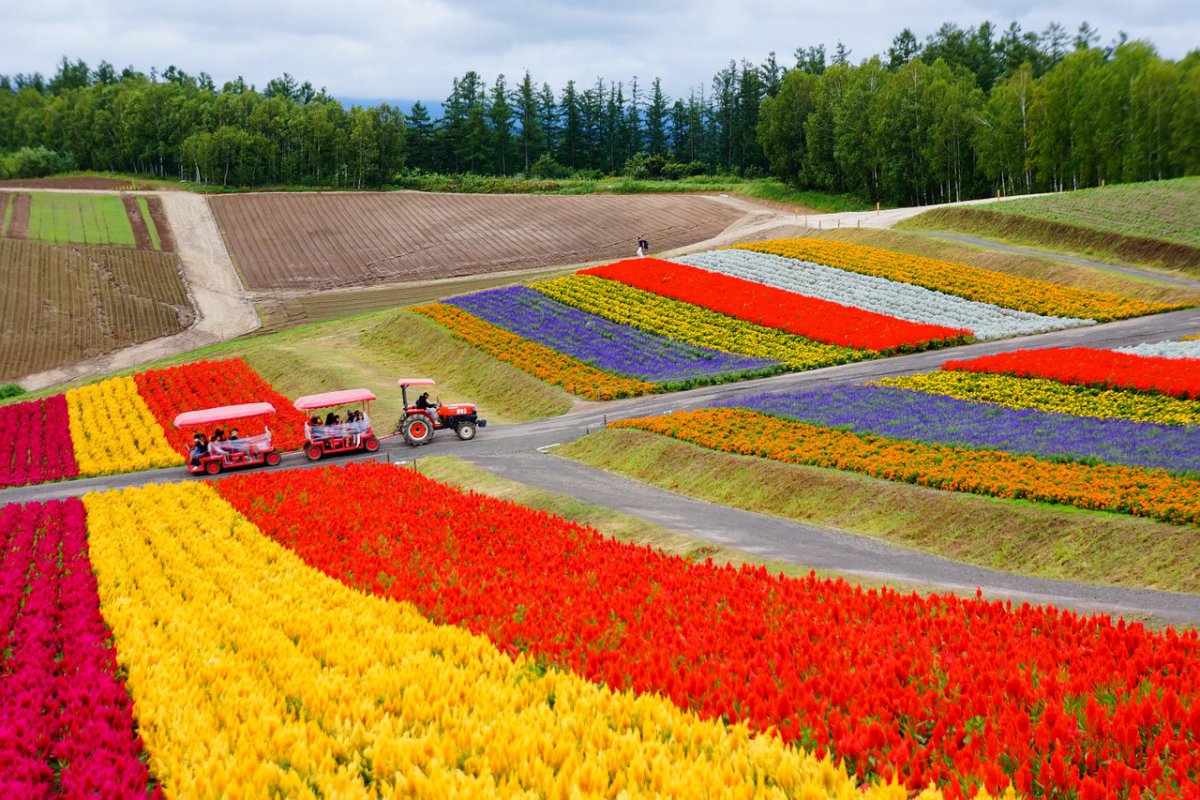
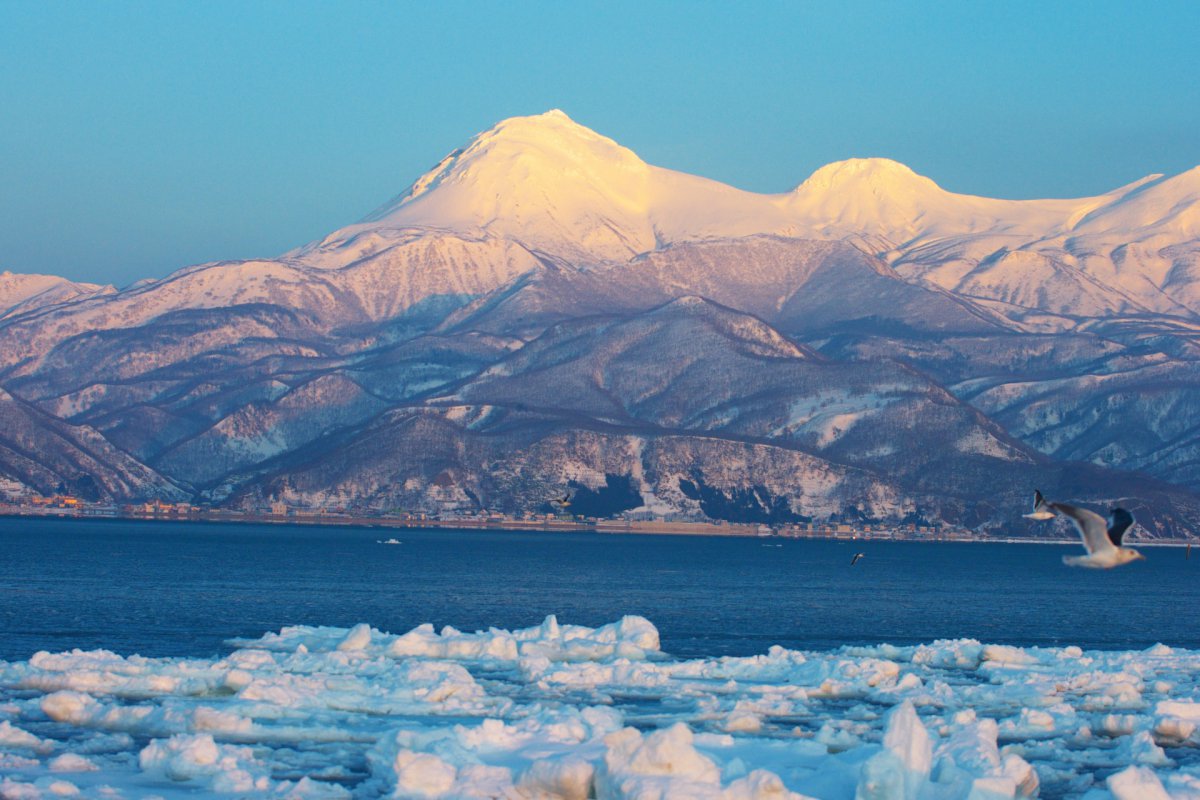
Hokkaido is the northmost, and second largest island in Japan, with no bordering prefectures. It is actually its own region and a prefecture at the same time! It is popular for it’s beautiful nature, onsen, tasty food, and the powder snow in the winter season. Hokkaido is the perfect ski destination that caters to everyone’s tastes and levels! Visit Hakodate, a big city boasting a number of great restaurants which serve fresh seafood and other local cuisines. For a taste of nature, visit Goryokaku Fort Park, a -must-visit cherry blossom viewing spot in spring, or Shiretoko National Park for amazing hiking options. Noboribetsu Onsen offers a relaxing hot spring experience all year around with stunning scenery. Head to Furano to admire popular seasonal flower fields such as lavender that cover a vast area with gorgeous wave of purple!
Tohoku Region – 東北地方
Aomori Prefecture
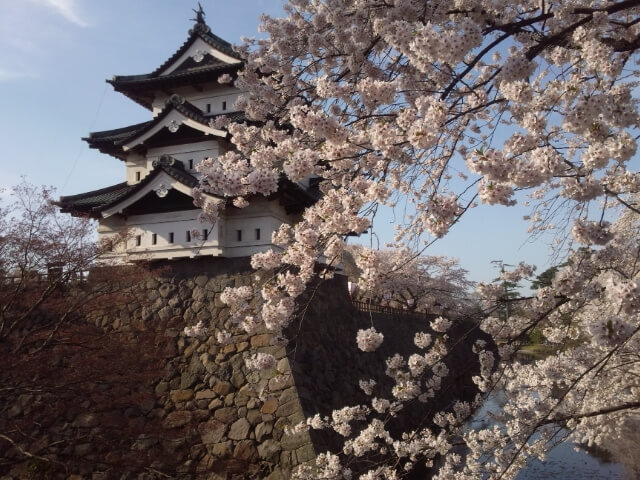
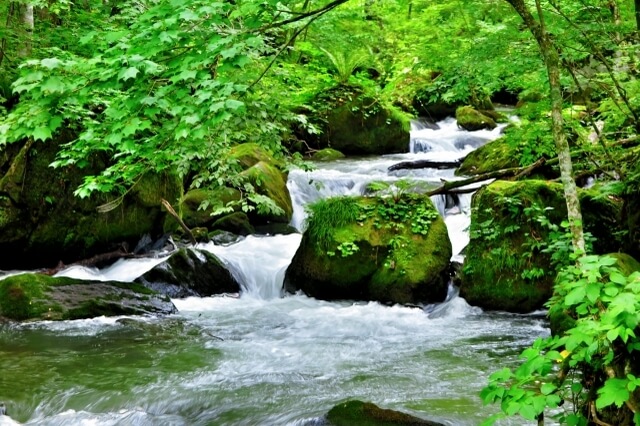
Aomori, on the northern tip of the main island Honshu, welcomes tourists with a beautiful natural landscape and fascinating attractions such as Hirosaki Castle, a symbolic castle listed among the 12 original castles in Japan. Join the Nebuta Festival, one of the biggest summer festivals in Japan to understand the nation deeply through an exciting cultural event. Don’t forget to visit Lake Towada, the third largest lake in Japan at which you will experience a beautiful scenery in the peaceful atmosphere!
Iwate Prefecture
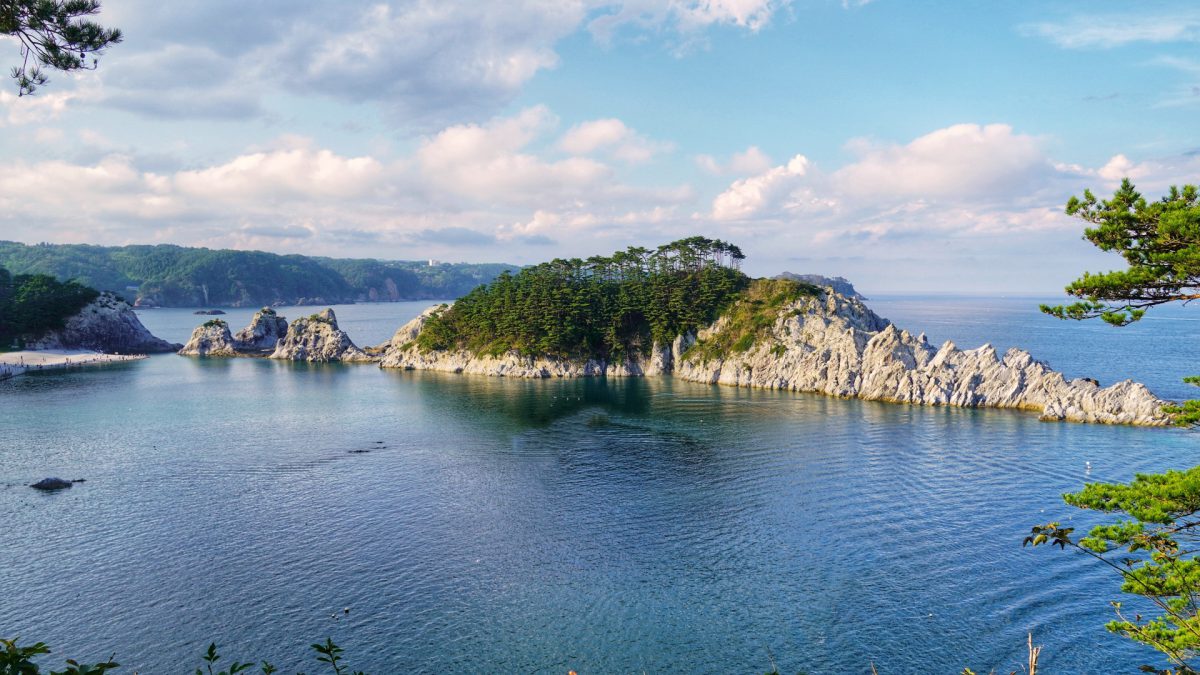
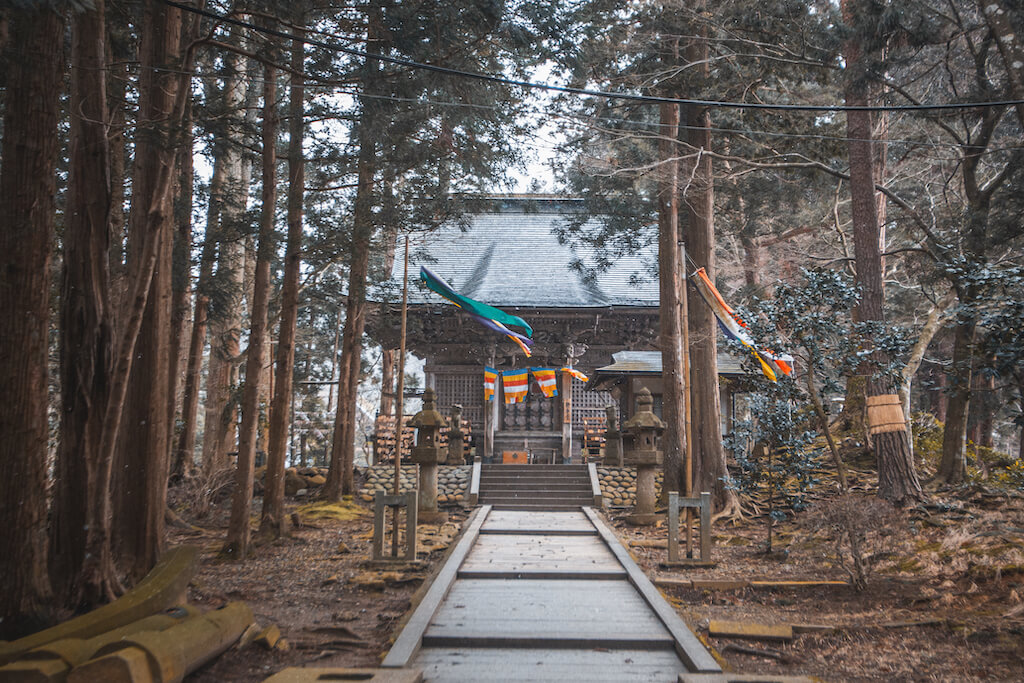
Iwate, facing the Pacific Ocean, is blessed with fresh seafood such as oysters, which are rich in nutrients and have a unique flavor. Chuson-ji Temple is a historical temple famous for the luxurious golden pavilion officially designated as a UNESCO World Heritage Site. The temple is the most popular tourist attraction in the prefecture. Take your children to Koiwai Farm to play with cute animals while enjoying the dairy products made from locally produced milk! In the summer, visit Jodogahama Beach, a beautiful beach that is perfect for a little swim. Unwind and take a relaxing stroll on the scenic sandy beach!
Miyagi Prefecture

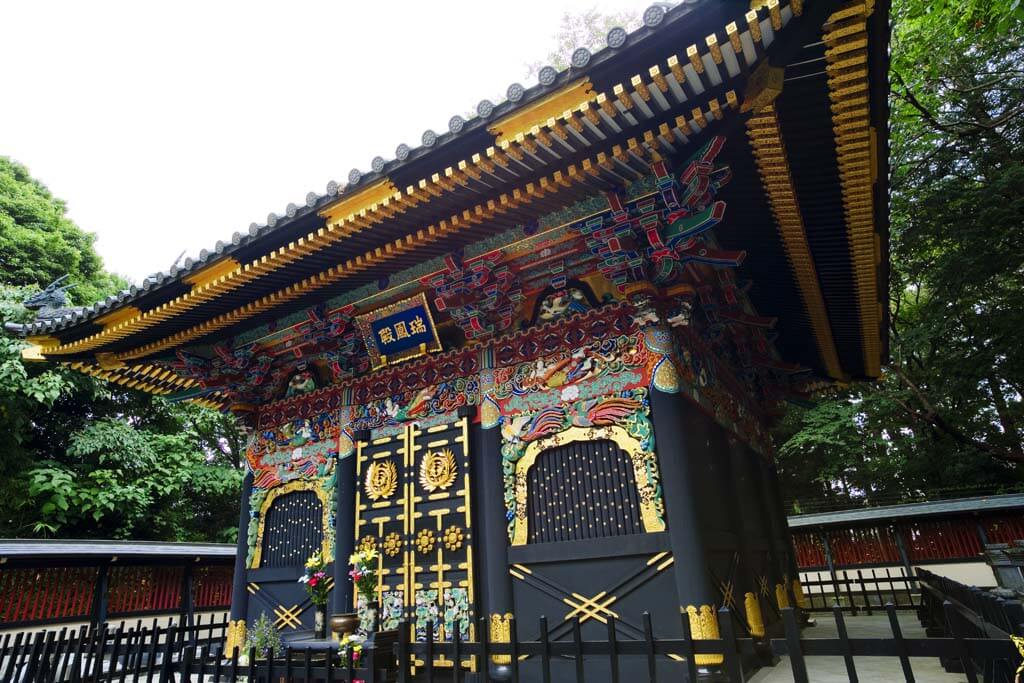
Miyagi plays a role as a business center in the Tohoku region, with a large population and popular tourist attractions. Sendai is the prefectural capital, and is also known as the Forest City because of it’s abundance of nature as well as relaxing spots such as Aoboyama Park and Hirose River in the urban area. Zuihoden Temple is a mausoleum complex dedicated to the famous warrior Date Masamune, the first feudal lord of the Sendai clan which ruled the area from the Sengoku to the Edo period. Matsushima is a scenic spot with 260 rocky islands topped with pine trees located in the Matsushima Port, creating a truly stunning view!
Akita Prefecture

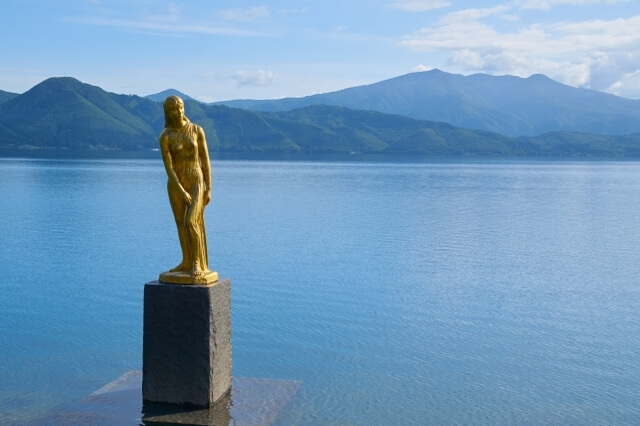
Akita is a mountainous prefecture facing the Sea of Japan, famous for its rice farming and sake production. Visit Kakunodate, a historical district packed with traditional Japanese houses that were originally residences of Samurai back in the old days. Walking around the peaceful area gives you a relaxing experience while immersing yourself in cultural and historical aspects of Japan. The beautiful Lake Tazawa is the deepest lake in Japan (423 m), with an iconic golden statue called Tatsuko-zo, displaying a symbol of a local legend. Drive to the Oga Peninsula for some breathtaking sunset views alongside Godzilla Rock, an iconic rock with a unique shape resembling the world-famous character Godzilla.
Yamagata Prefecture
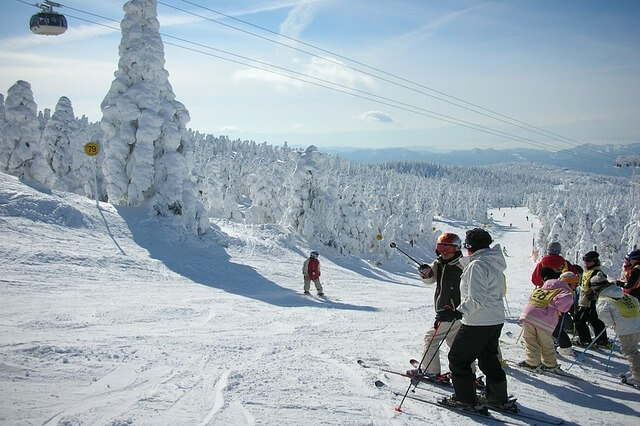
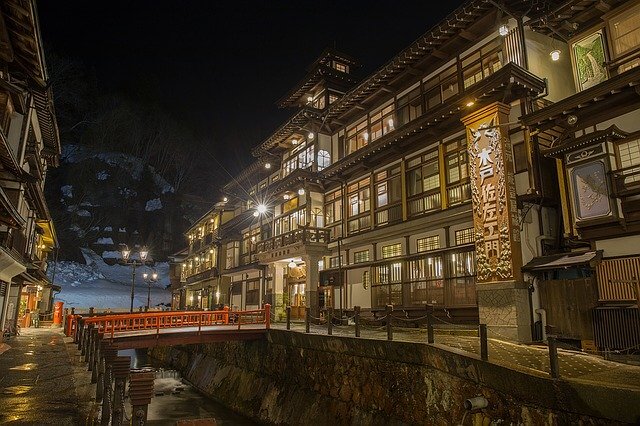
Yamagata boasts a number of tourist spots with beautiful nature and unique features. Zao Onsen is located in the Zao Mountain Range, and is a famous hot spring spot which also offers a range of outdoor activities such as hiking in summer and skiing in winter. The snow monster of Zao Onsen is a natural phenomenon created by snow that sticks around trees, making them look like a giant white monster! Release all of your fatigue at Ginzan Onsen, a famous hot spring resort completely covered with beautiful snow during the winter. Go for a refreshing hiking experience at Hoshuyama Risshaku Temple with a spectacular panoramic view from the top of the mountain!
Fukushima Prefecture
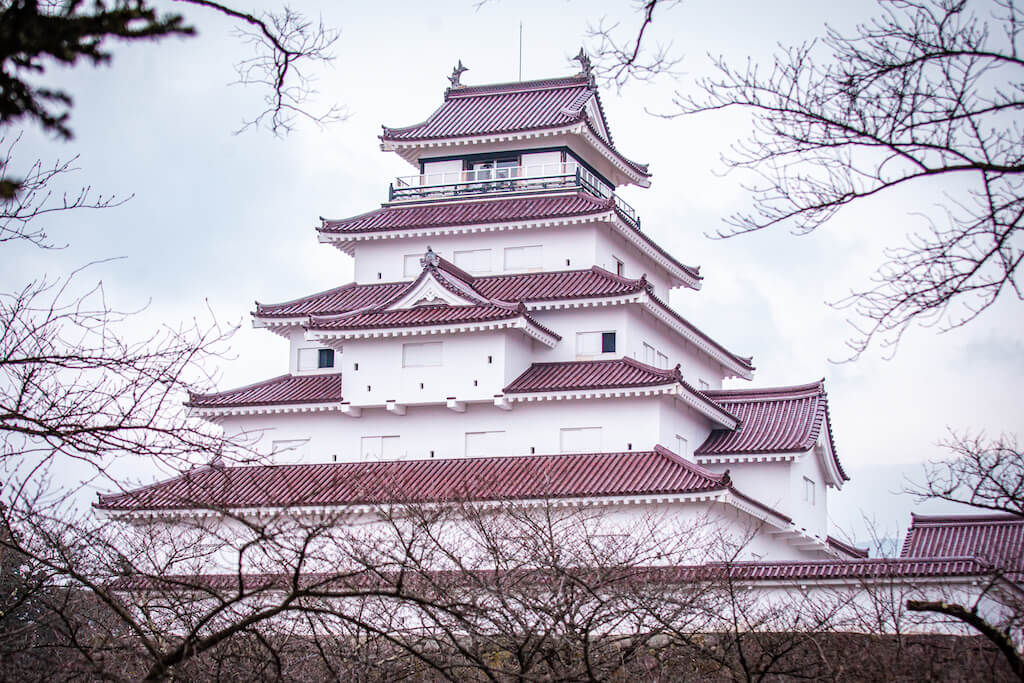

Fukushima suddenly became known worldwide when the disastrous earthquake and tsunami hit the area in 2011. In spite of the unimaginable damage it has received, it has been recovering with the support of locals who are hoping to rebuilt their loses. TEPCO Decommissioning Archive Center is where you can learn about the earthquake and how they managed to decommission the Fukushima Daiichi Nuclear Power Plant, with informative exhibits. Visit Tsuruga Castle, a symbolic historical site located in the heart of Aizu Wakamatsu city. Ouchi-juku refers to a historical area full of traditional Japanese buildings with peaceful surroundings!
We also arrange a special tour that takes you to the disaster areas affected in 2011 to help you understand the impact of the disaster with your own two eyes, as well as learn the truth behind everything that happened. Our 2-day tour is aimed at supporting the locals that are rebuilding the area, as well as spreading awareness about Fukushima. Find out more about this tour that may just change your perspective on life.
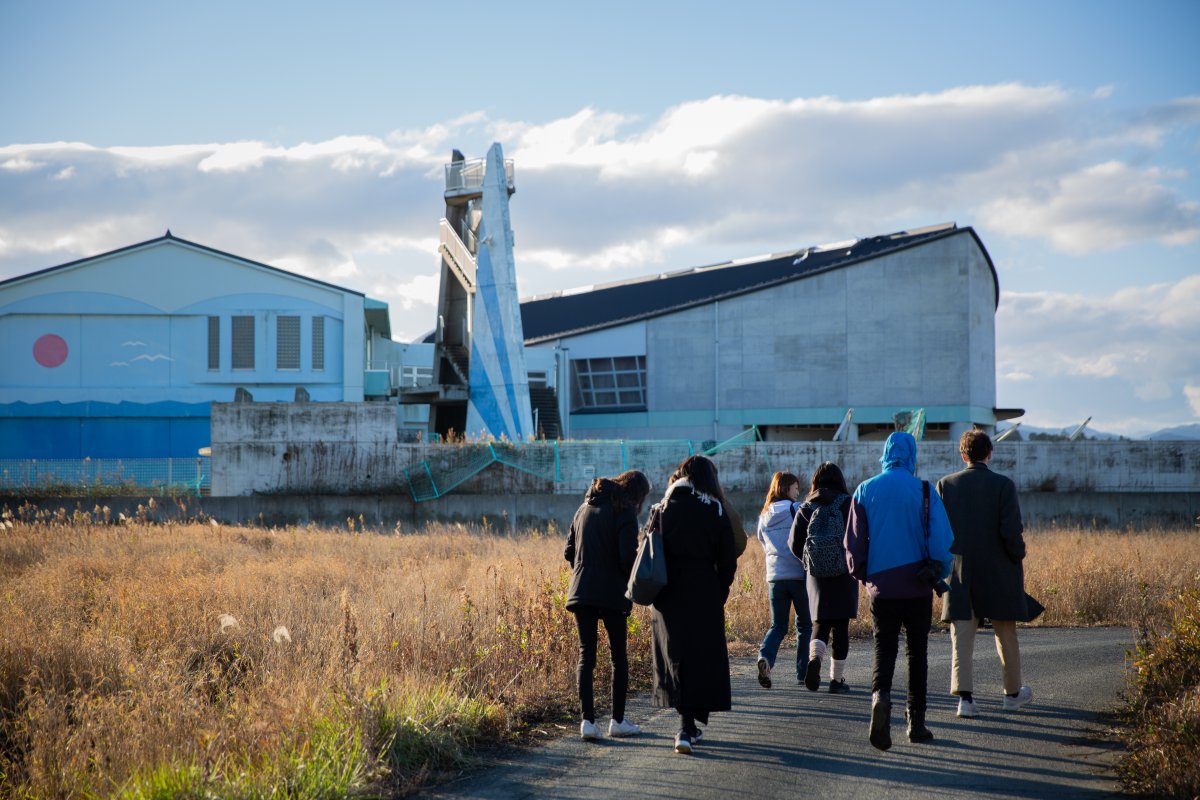
Kanto Region – 関東地方
Tokyo Prefecture
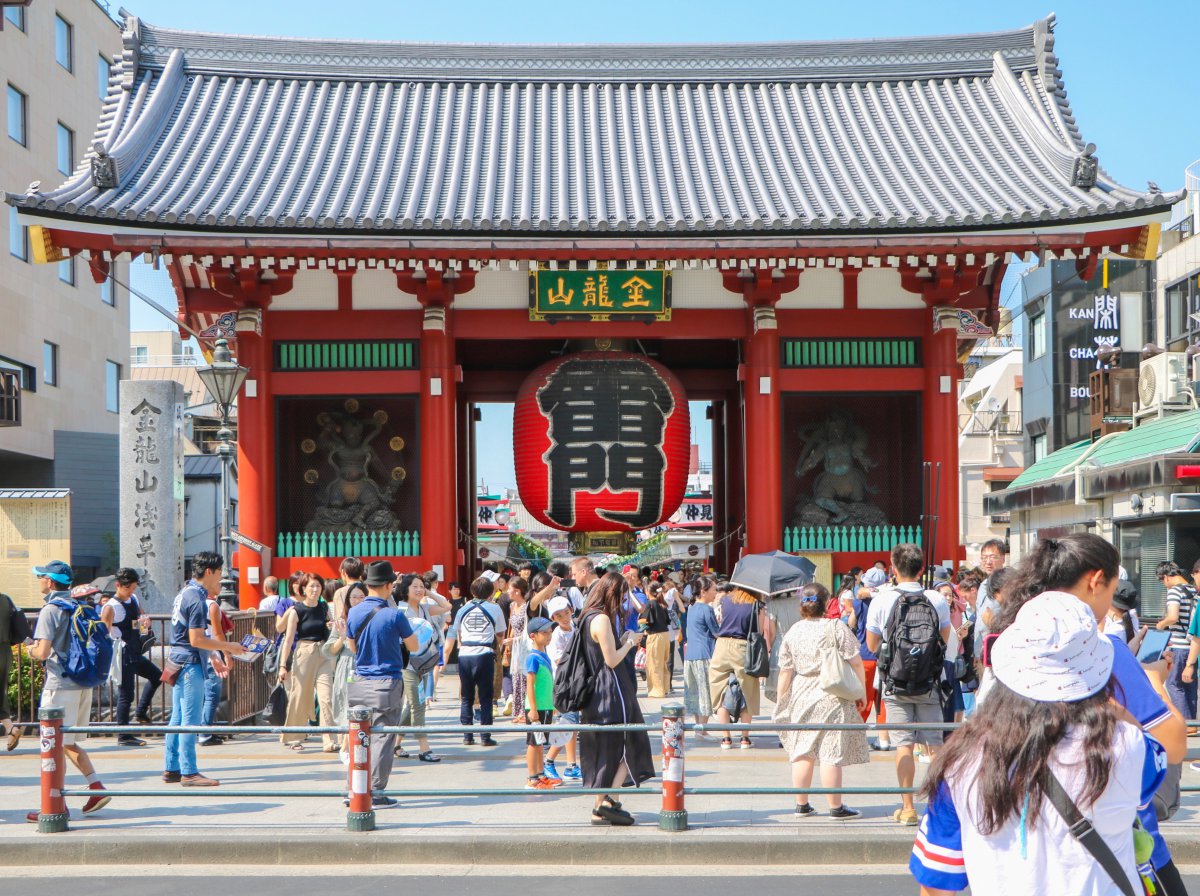
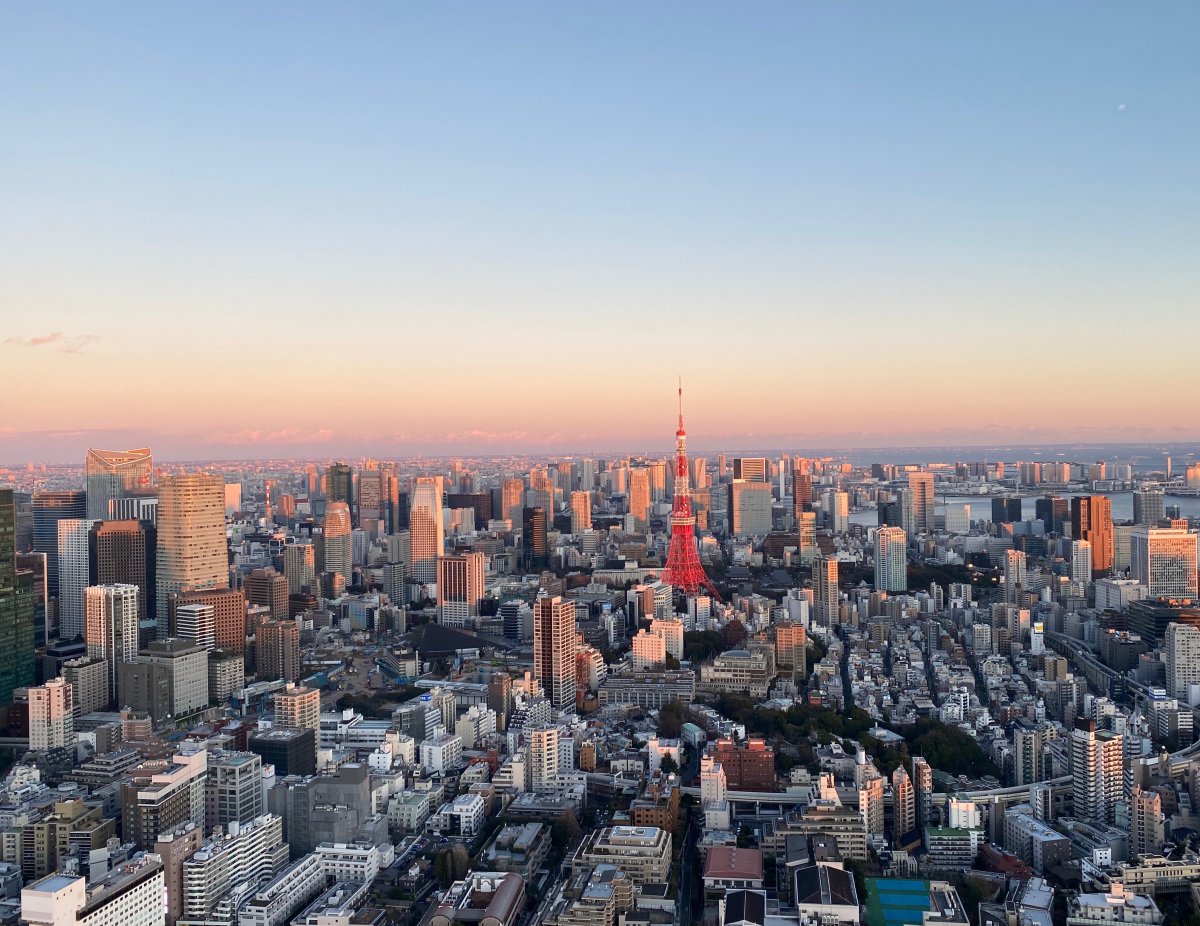
Tokyo, the capital of Japan, can be always found on the top of the ‘where-to-visit-lists’ among tourists. It can be divided into 23 wards, and each of them will always keep you entertained with a variety of tourist attractions! Shibuya Crossing is the busiest crossing in the world with an average of 2,500 people walking across at the same time. Meiji-jingu is another highlight in Shibuya that attracts a large number of visitors, especially on New Year’s Day for the first shrine visit of the year. Asakusa is an old town which has Senso-ji, the oldest Buddhist temple in Tokyo, and many stalls selling local dishes and small gifts. Akihabara is heaven for manga and anime fans where you can immerse yourself in Japanese pop culture while exploring electronic stores selling cool gadgets. From bustling nightlife to peaceful gardens, Tokyo never ceases to amaze!
Kanagawa Prefecture
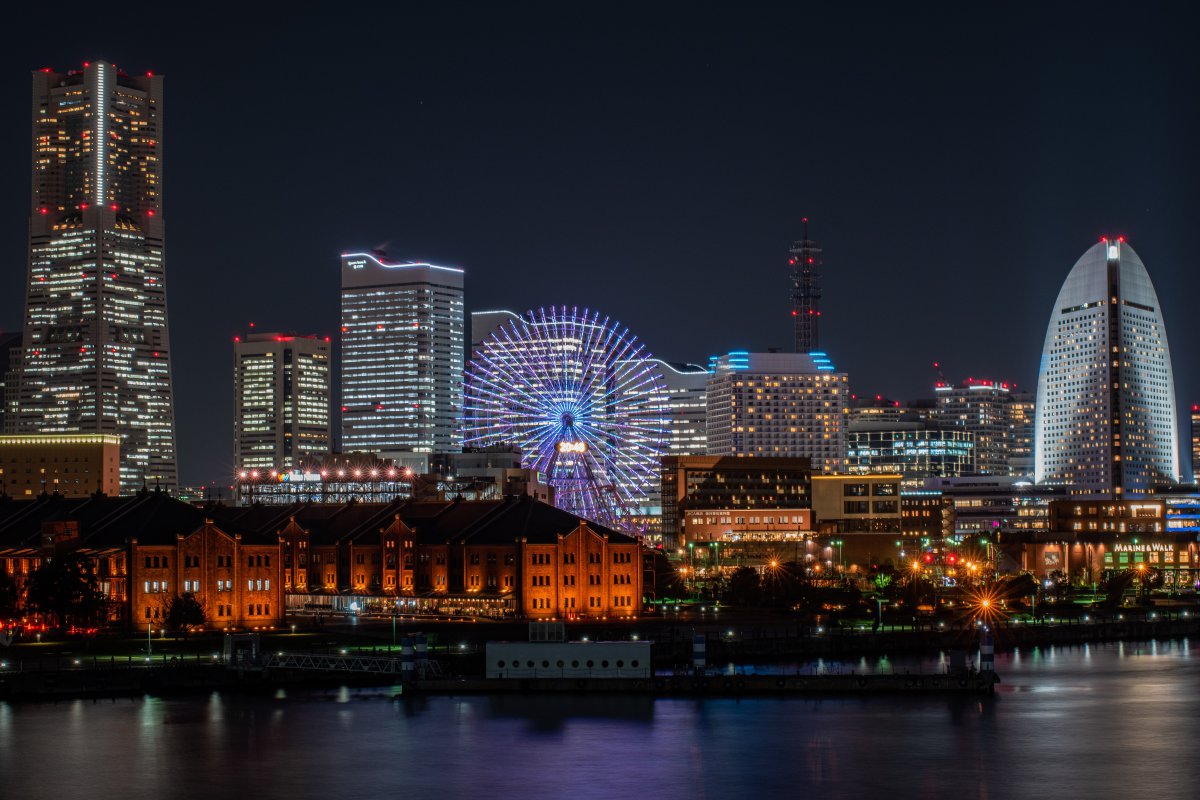

Kanagawa is often chosen as a day trip destination from Tokyo with wonderful (nature) spots. Yokohama is an ideal option for those who want to visit big cities other than Tokyo, with different entertaining spots and attractions. Try some Chinese spots at one of the biggest Chinatowns in the world with hundreds of restaurants and shops. Kamakura, the capital city of Japan from 1185 to 1333, is a beautiful city with a number of historical shrines and temples. Located less than an hour by train from Tokyo, it is a great day trip for those who are interested in Japanese history and culture. Visit Hakone, a famous hot spring resort with dynamic nature spots such as the active volcanic Hell Valley and Lake Ashinoko which offers magnificent views of Mt. Fuji!
Chiba Prefecture
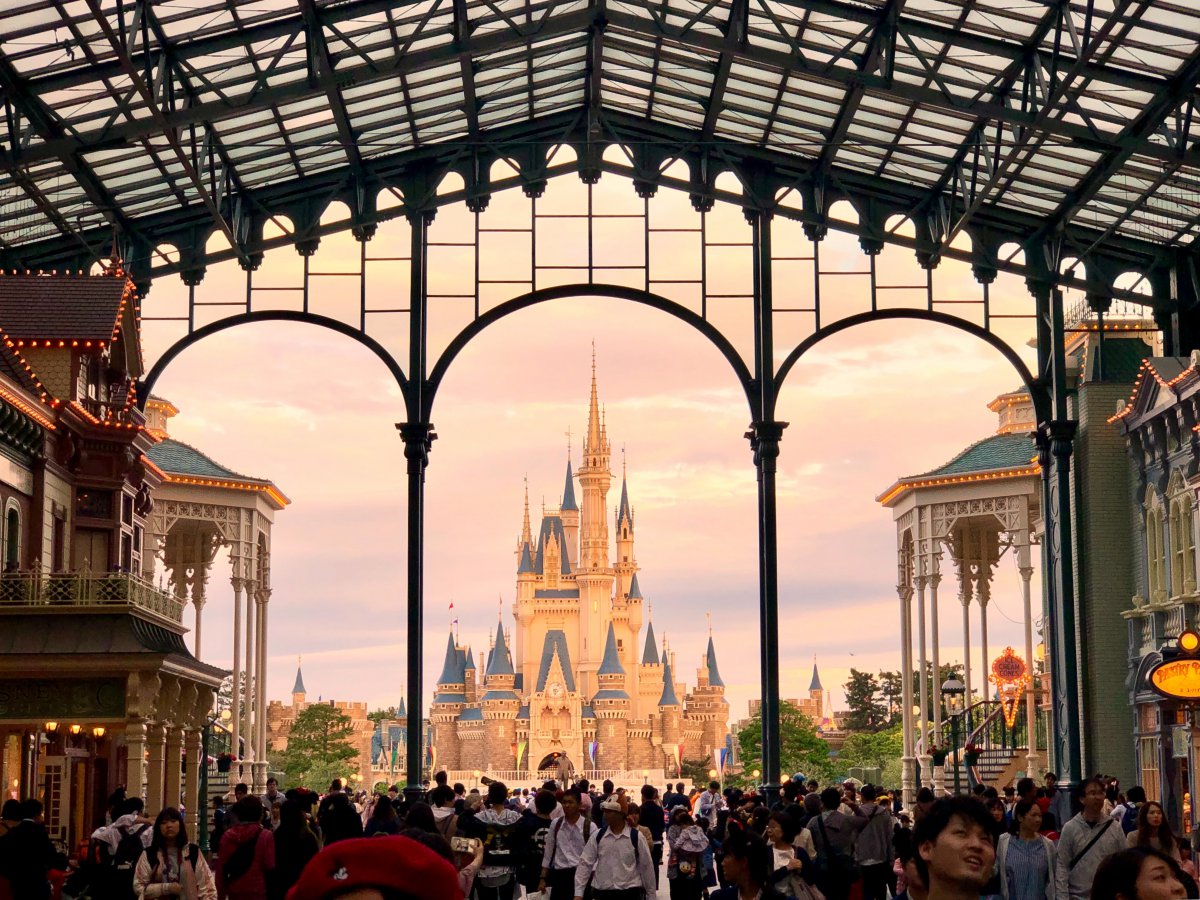

Chiba is a prefecture located east of Tokyo and faces the Pacific Ocean. Many people find it a perfect place to live while commuting to Tokyo for work, as it is well connected to Tokyo but offers a more peaceful environment. Kujukuri Beach is a sandy beach stretching over 60 km on the northeast coast of the Boso Peninsula. It is a popular beach where you can enjoy watersports such as surfing and enjoy the refreshing sea breeze. Tokyo Disney Resort is undoubtedly the most popular place to visit in Chiba and also the most popular theme park in Japan. For a more spiritual experience visit Naritasan Shinshoji Temple, a sacred temple complex with a history of almost 1,100 years. It takes only 10 minutes to get there from Narita International Airport by train!
Saitama Prefecture
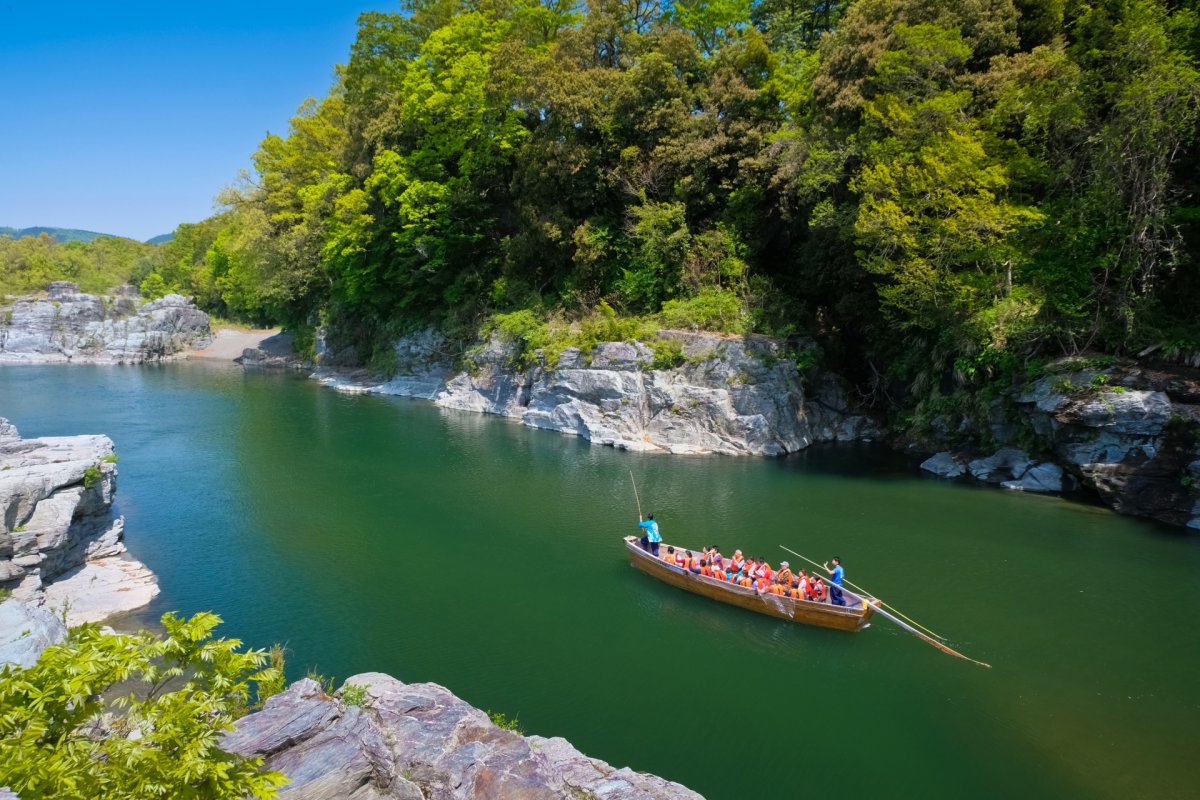
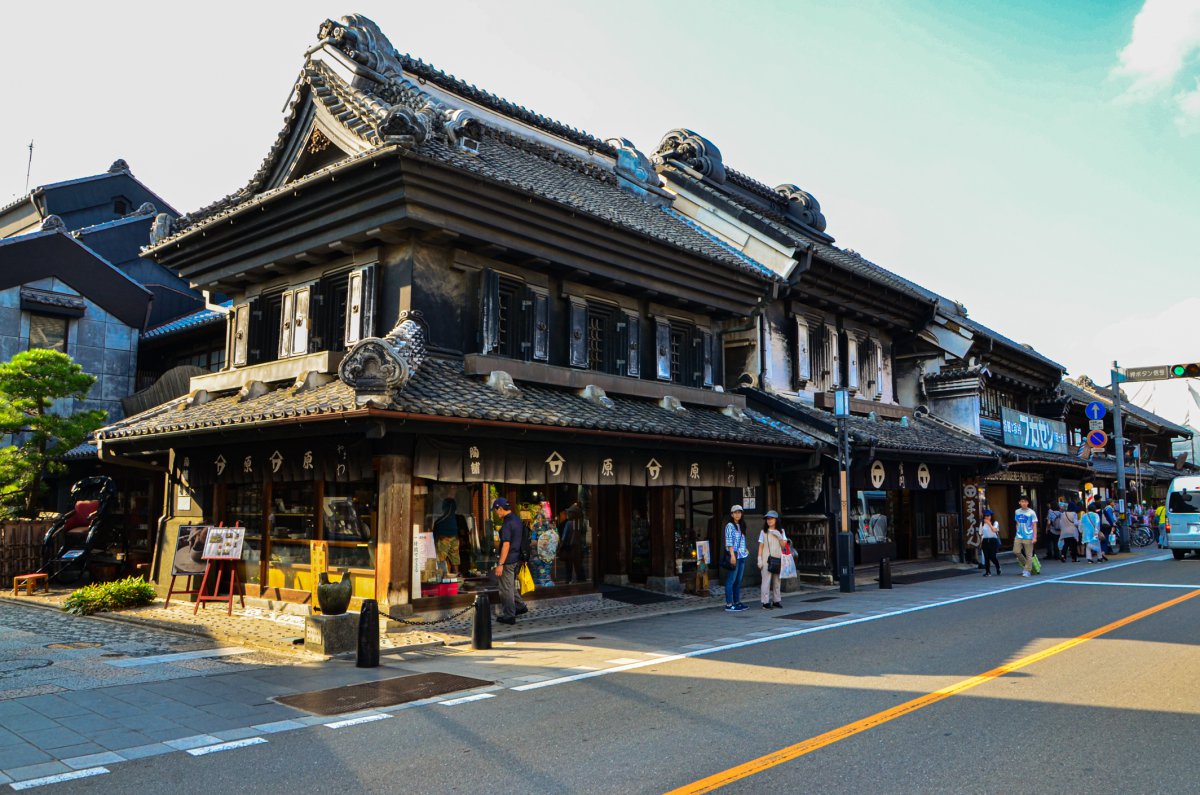
Saitama is another popular commuter town sharing a border with Tokyo. Nagatoro is a peaceful town with the population of 7,000 that is a popular location in Saitama with a number of scenic nature spots. Enjoy a calming river cruise on Arakawa river or go white water rafting on the Nagatoro River. Don’t miss a chance to try Nagatoro’s kakigori, shaved ice made with natural ice which is surprisingly soft and refreshing! Saitama’s most popular place is Kawagoe, an old town known as Little Edo, as there are a number of historical buildings dating back to the Edo period.
Gunma Prefecture
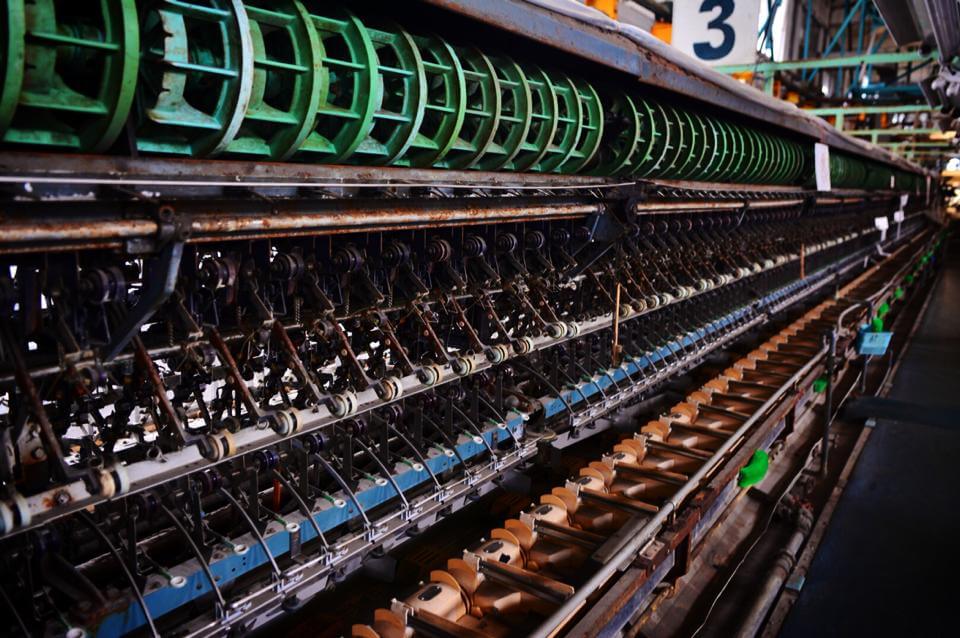
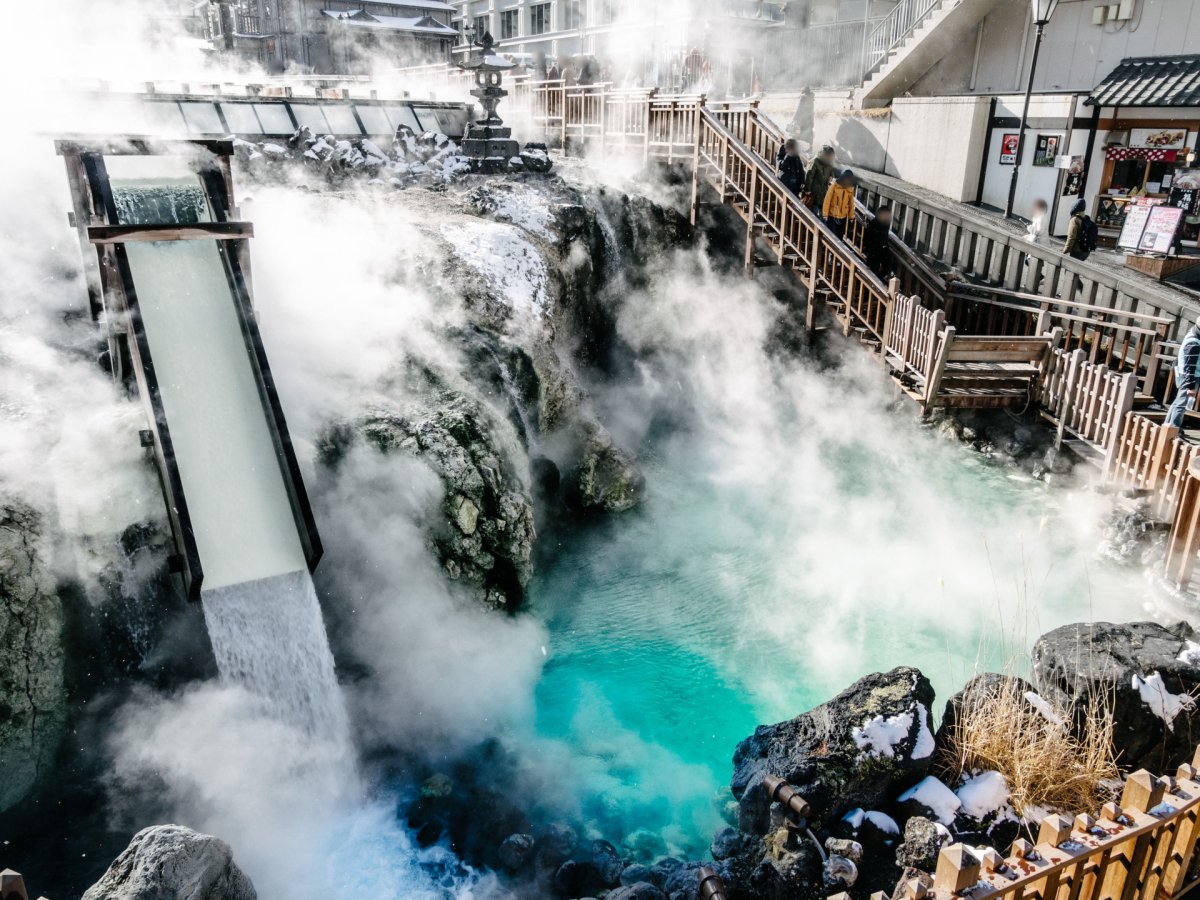
Gunma is a small prefecture that you can easily reach in less than an hour from Tokyo by Shinkansen. Kusatsu is one of the most popular hot spring resorts in Japan with the high-quality water that is said to have a lot of health benefits. Tomioka Silk Mill is a silk factory which was originally started by the Japanese government in 1872, and later designated as a UNESCO World Heritage Site in 2014. Pay a visit to Haruna Shrine, a spiritual spot with a unique scenery of a historical shrine and giant rocks that was established about 1,400 years ago.
Tochigi Prefecture
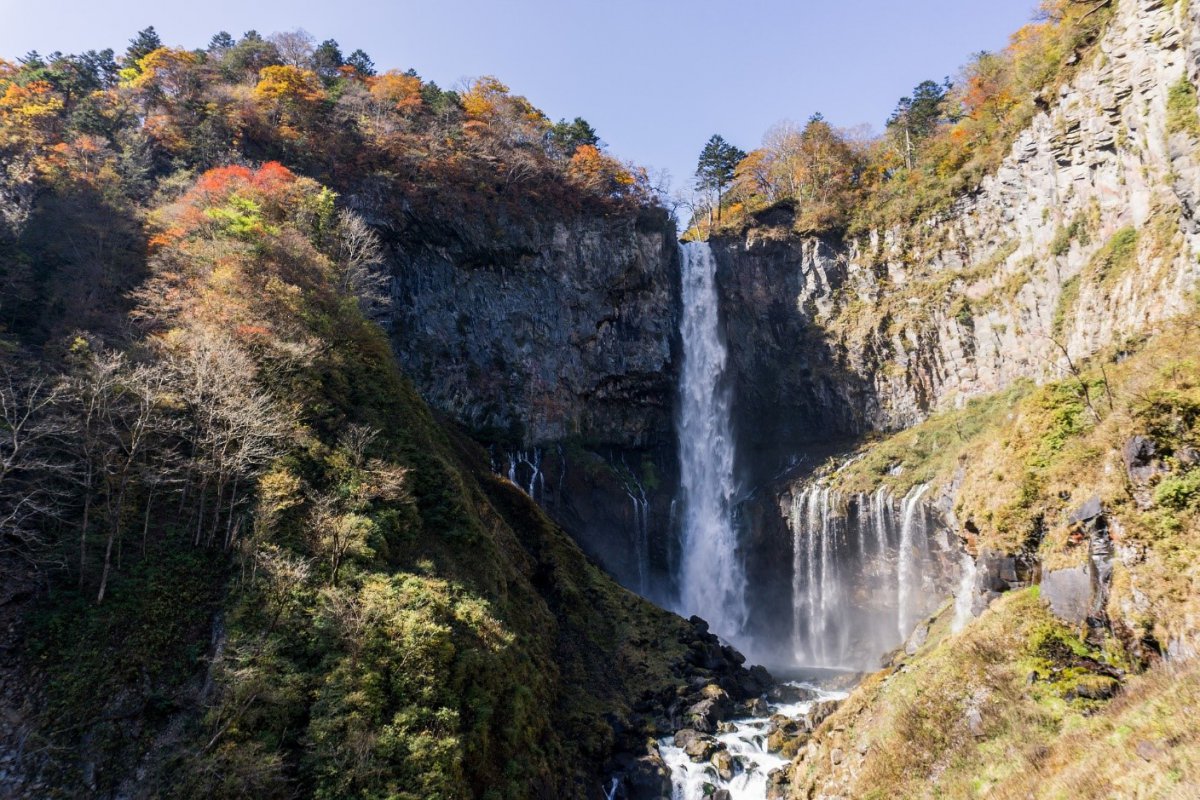
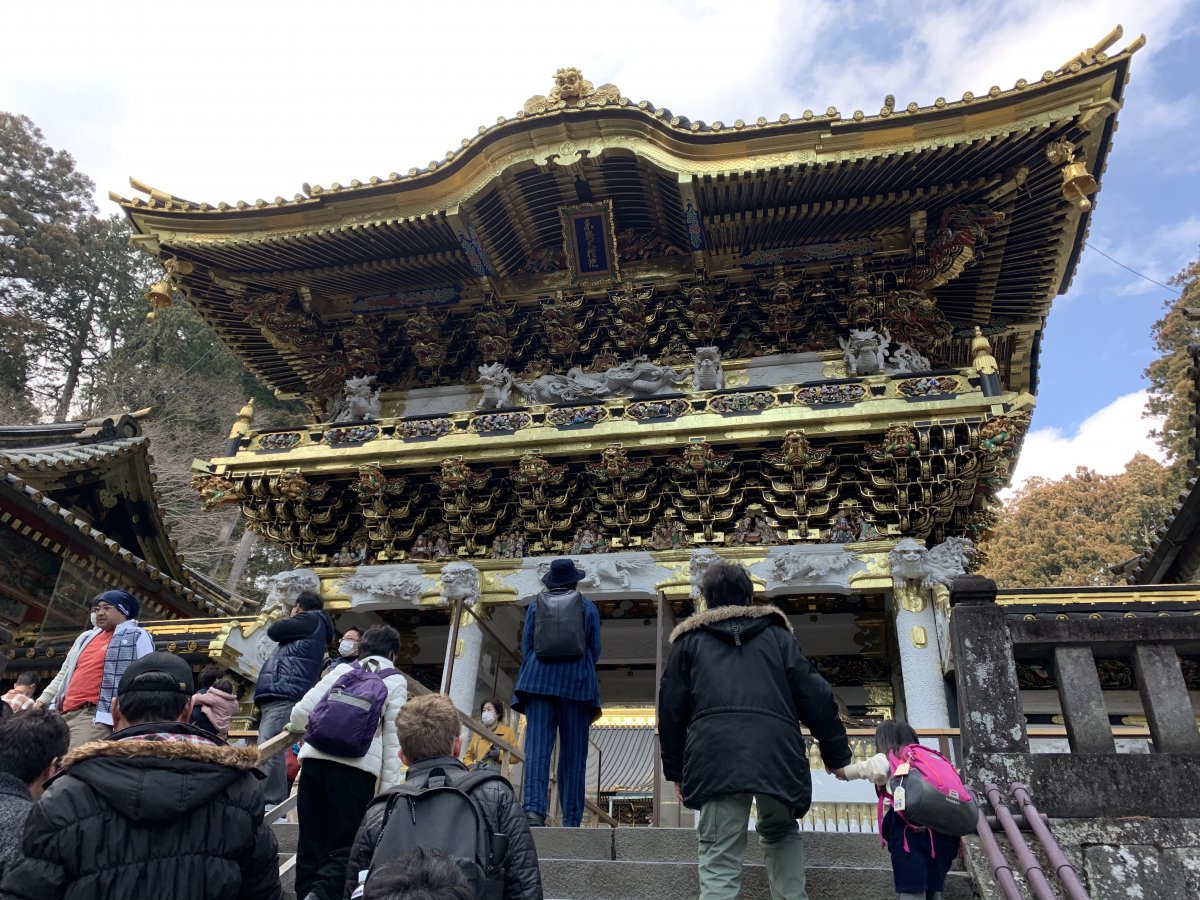
Tochigi is another perfect spot to spend a day or weekend away from the bustle in Tokyo. Nikko is the most popular sightseeing spot that is definitely worth visiting at least once in a lifetime! Toshogu Shrine is a mausoleum of Tokugawa Ieyasu, who was the first Shogun of the Tokugawa Shogunate which ruled Japan during the Edo period. The shrine covers a vast area with a number of impressive historical structures, and is officially listed as a UNESCO World Heritage Site. The beautiful details and designs of each structure are extraordinary! Kegon Falls is a scenic waterfall, claimed as one of the three most beautiful waterfalls in Japan. The 97-meter waterfall creates a stunning view especially in autumn, when the leaves turn red, green, and yellow and make for a beautiful view!
Ibaraki Prefecture

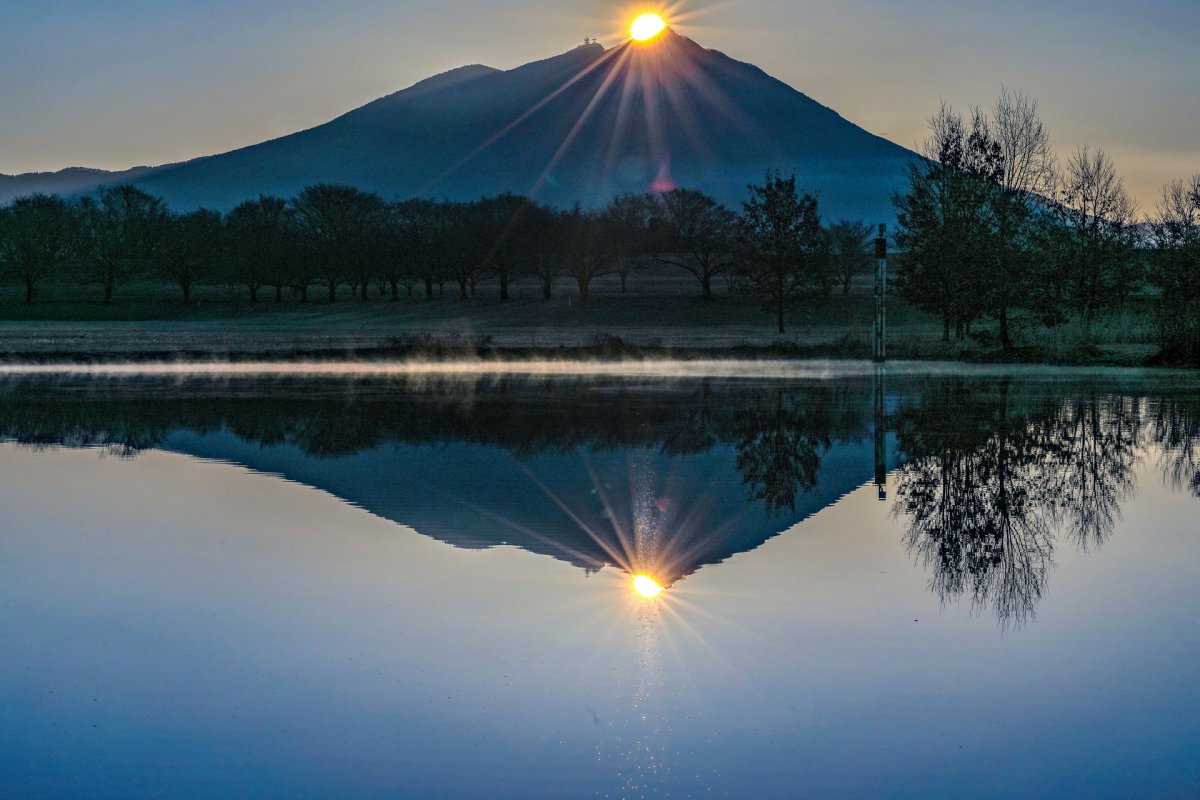
Ibaraki is in the north part of the Kanto area, and offers a range of relaxing experiences in nature. The prefecture is also easily accessible from Tokyo by train or car. Hitachi Seaside Park is a national public park which welcomes visitors with a large collection of flowers including Nemophila (also known as baby blue eyes), an adorable tiny flower that blooms in the spring. Renting a bike and exploring the park’s flower fields is a fun activity with changing scenery all year round. Mount Tsukuba is a small mountain with two peaks, and has several relatively easy hiking trails. Or you can take the cable car up to the summit from which you have a great view of the area! Don’t miss Fukuroda Falls that is known as one of the three most beautiful waterfalls in Japan along with Kegon falls in Nikko!
Chubu Region – 中部地方
Niigata Prefecture

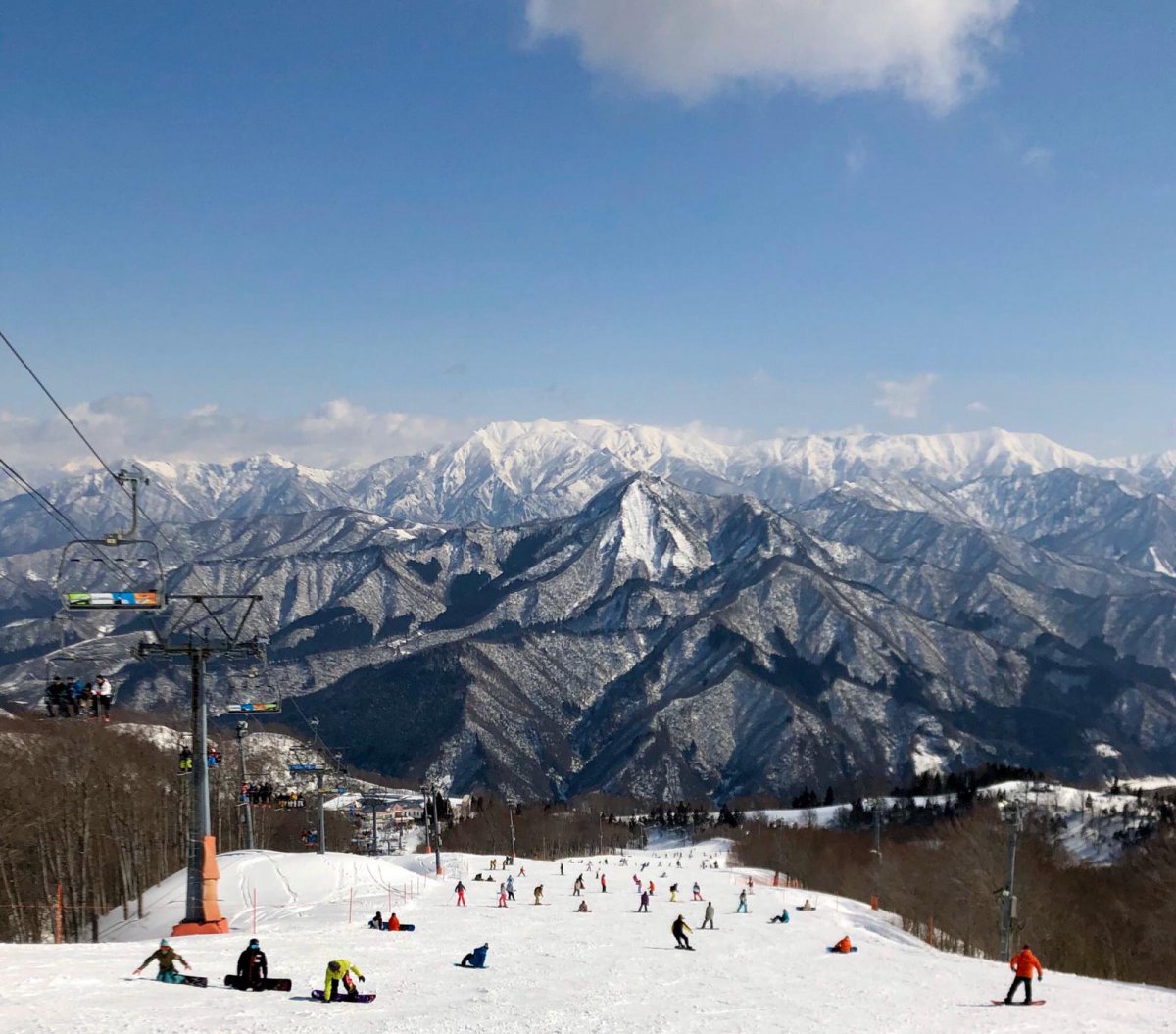
Niigata is a prefecture widely known as the largest producer of rice and scenic rice fields. The heavy snowfall and long winter season due to the high elevation, make Niigata an ideal destination for winter sports fanatics. Enjoy the soft snow at Gala Yuzawa with several ski courses. Try fresh seafood caught and directly delivered from the Sea of Japan at Teradomari Fish Market. Niigata boasts a number of local sake brands which you can taste at Ponshu-kan sake museum located at Niigata station. Take a scenic drive through Hoshitoge Rice Terraces to catch the photogenic scenery with the sunset.
Aichi Prefecture

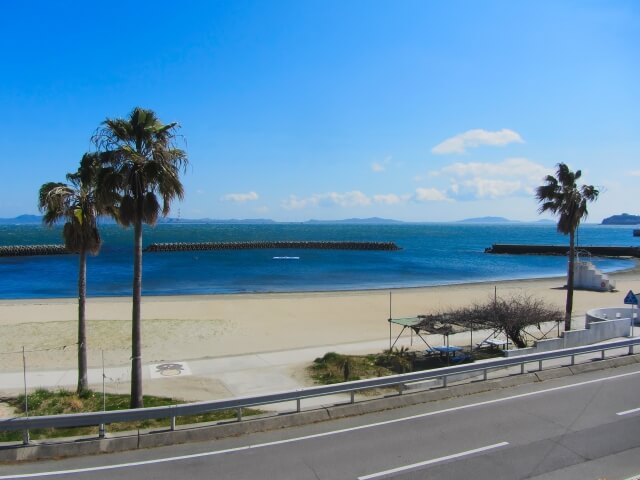
Aichi is the most developed prefecture of the Chubu region and has a population of over 7.5 million. Most of the people live in Nagoya, the prefectural capital with skyscrapers and business districts. Nagoya Castle is a landmark built by Tokugawa Ieyasu during the Edo period. Outside the castle gates, Kinshachi Yokocho attracts a number of visitors as a perfect spot to try local dishes. Inuyama Castle is another symbolic castle listed among the 12 original castles in Japan. Visit some remote islands such as Himakajima and Sakushima to explore the beautiful nature of Aichi. Chubu Airport is a gateway for domestic and international travelers and also an exciting shopping spot with a number of shops and restaurants available even for those who don’t have travel plans.
Shizuoka Prefecture

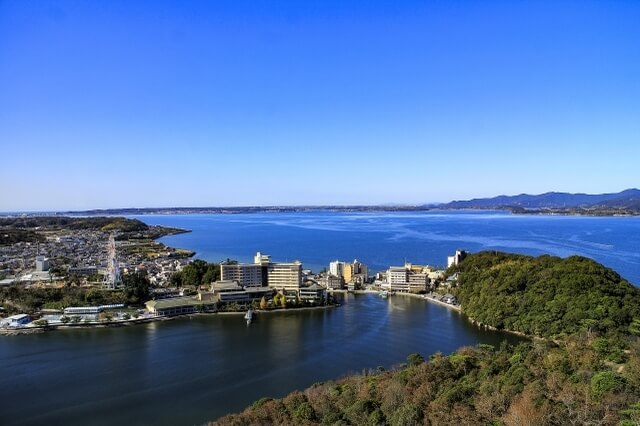
Shizuoka is a large prefecture located between Kanagawa and Aichi, and is famous for green tea and it’s mild climate, as there’s hardly any snowfall in the winter season. Mt. Fuji, Japan’s tallest iconic mountain with sacred historical sites and deep forests at the base, is definitely the highlight of the prefecture. Shuzenji is a peaceful area known as a hot spring resort with several traditional inns and free foot bathes around the city. Let your children spend some time at Fuji Safari Park, which houses a variety of animals that you can get close to from your car. Yume no Tsuribashi is a 90-meter suspension bridge located in Sumatakyo Gorge. Take a memorable photo with the scenic surroundings and the emerald green water!
Mie Prefecture

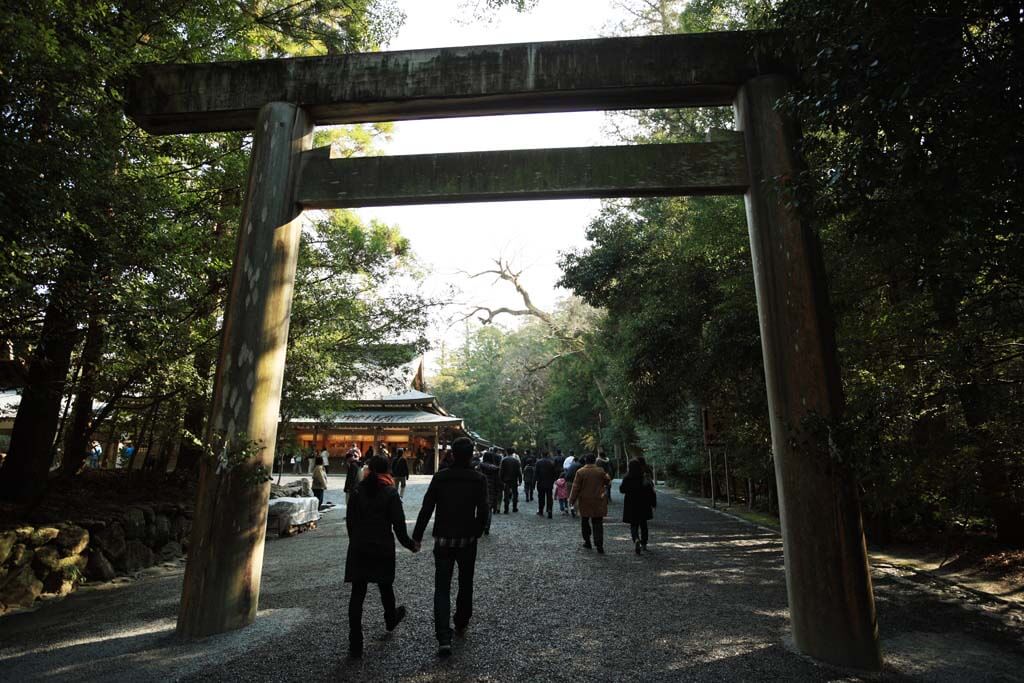
Mie is home to Ise Grand Shrine, one of Japan’s most sacred Shinto shrines dating back over 2,000 years. Enjoy a refreshing hiking experience in Magome Pass, part of a famous network of ancient pilgrimage trails known as Kumano Kodo. Head to Nabana no Sato, a huge garden with a variety of seasonal flowers and plants fascinating visitors all year round especially in winter with impressive illuminations!
Yamanashi Prefecture
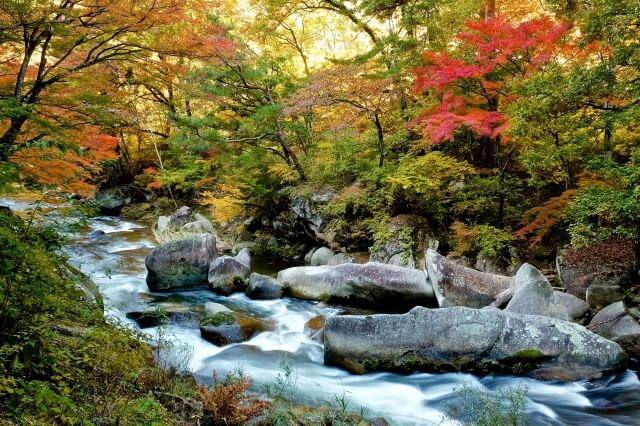

Yamanashi is a landlocked prefecture located north of Shizuoka, home to the northern half of Mount Fuji and the Fuji Five Lakes. Fuji Five Lakes refers to a set of beautiful lakes situated around Mt. Fuji. There are hotels, camping sites, hot spring resorts, and more to explore. Shosenkyo Gorge is a scenic gorge with a peaceful hiking trail taking you to other tourist attractions around the area. Oshino Hakkai is a small village with traditional Japanese buildings and beautiful ponds. It is always packed with tourists hoping to take a great picture of Mt. Fuji that can be found in the distance on a sunny day.
Nagano Prefecture
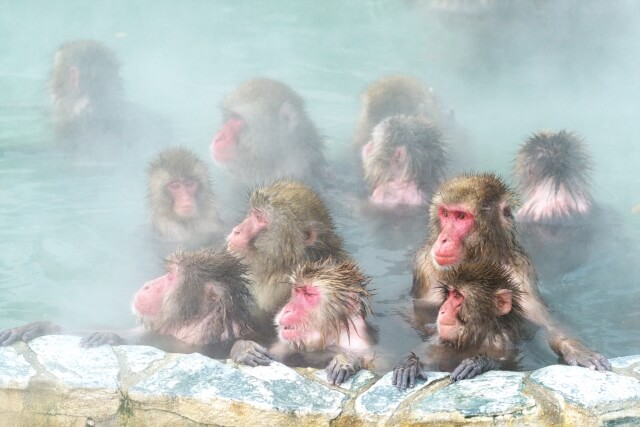
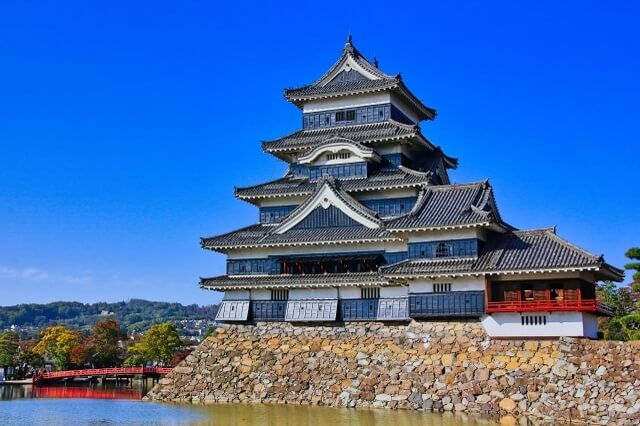
Nagano is a mountainous prefecture known as a large producer of several kinds of fruit such as apples and grapes. In 1998, the Winter Olympics were held in Nagano, boosting the areas’ popularity amongst snow activity fanatics. Hakuba, Shiga Kogen and Nozawa Onsen are some popular ski resorts. Matsumoto Castle is an iconic landmark which is also listed among the 12 original castles in Japan. Not only is this castle of historical value, it also is widely recognized as a popular cherry blossom viewing spot in spring. Zenkoji Temple is a Buddhist temple which dates back in the 7th century. At the Snow Monkey Park you can watch Japanese Macaques, better known as Snow Monkeys, relax in natural hot springs. It may surprise you how smart they are to survive the severe winter season by soaking their body in the warm, refreshing bath!
Gifu Prefecture
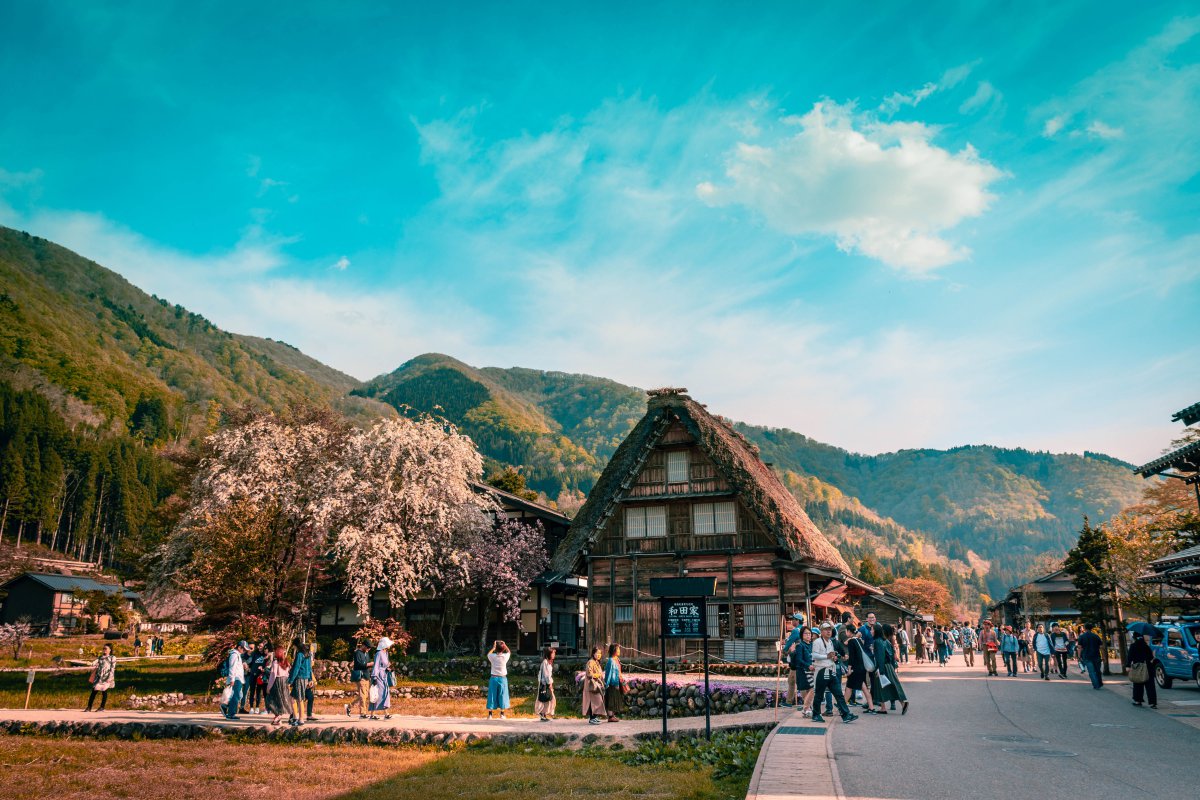
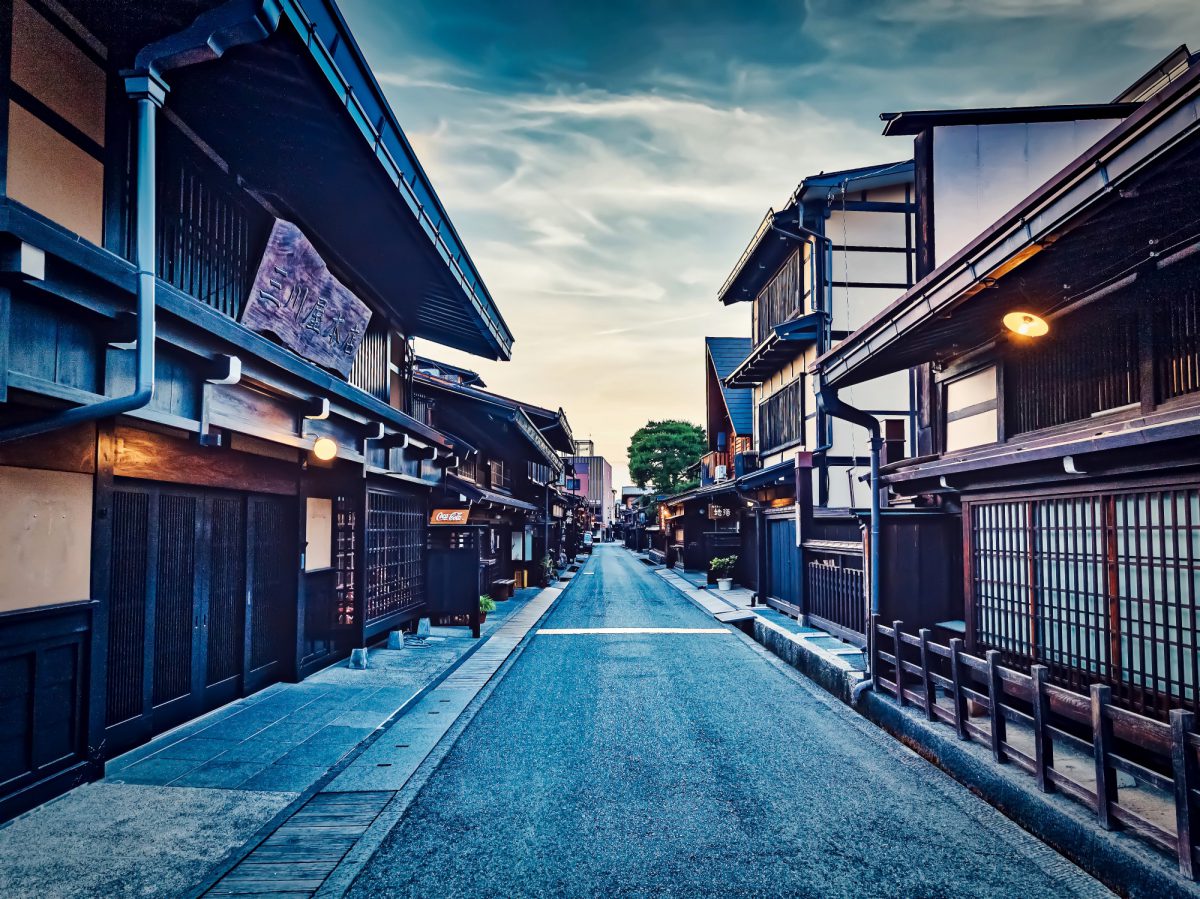
Gifu is another mountainous prefecture home to a world-famous tourist attraction known as Shirakawago, a small village designated as a UNESCO World Heritage Site. There are a number of traditional Japanese houses preserved in perfect condition. They have survived centuries thanks to the significant effort of local people to preserve the impressive landscape. Gassho-zukiri is a Japanese architecture style with thatched-roofs, preventing the house from collapsing under the heavy snow during the winter season. Hida Takayama is another famous spot full of traditional buildings lining the narrow streets, creating a beautiful townscape. Enjoy local specialties such as Hida Beef while walking around the historical area. Another famous spot in Gifu Prefecture is Gero Onsen, one of the greatest hot springs in Japan.
Toyama Prefecture
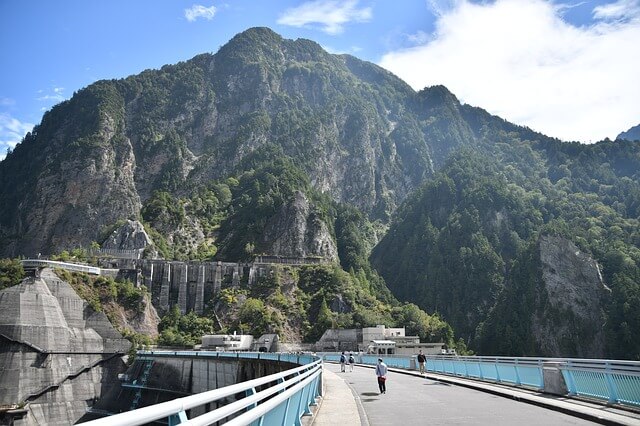

Toyama is a prefecture facing the Sea of Japan. It boasts Kurobe Dam, the biggest artificial dam in Japan located deep in the mountains. The 186-meter-tall dam attracts a lot of tourists especially in the summer, when the water stored in the dam is discharged to entertain visitors! Autumn is a great season to visit Toyama as the mountains become beautiful autumn leaves and colors. Amaharashi Beach is a scenic beach stretching along the Toyama bay. During the winter season, you may have the chance to see the beach with Tateyama mountain range partly covered with snow, creating a stunning view! Gokayama is a small village with a number of Japanese traditional houses, which is also officially designated as a UNESCO World Heritage Site.
Ishikawa Prefecture
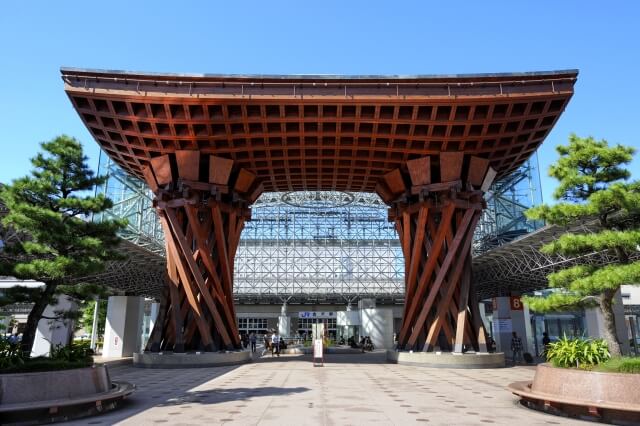
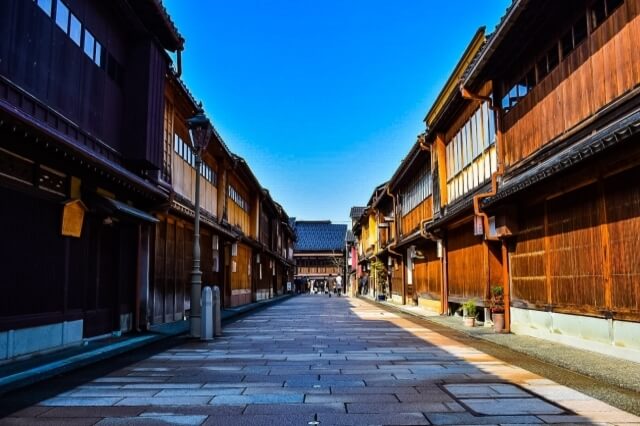
Ishikawa is located to the west of Toyama, and accessible from Tokyo in 2.5 hours on the Hokuriku Shinkansen. Kanazawa is the prefectural capital which is sometimes referred to as Little Kyoto, with a number of historical spots such as the townscape of Higashi Chaya District. Kanazawa Castle is a symbolic structure located at the heart of the city, once used as a residence for feudal lords who ruled the area from the 16th to 18th centuries. Visit Kenrokuen, one of the three greatest gardens in Japan located right next to the castle. Exploring the huge garden with a variety of plants and historical structures gives you an opportunity to feel at ease.
Fukui Prefecture
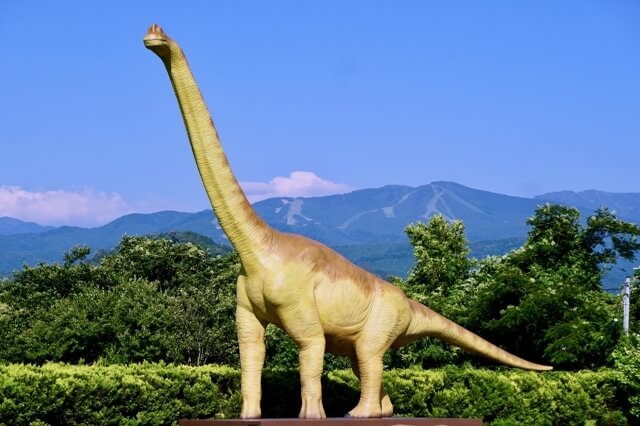
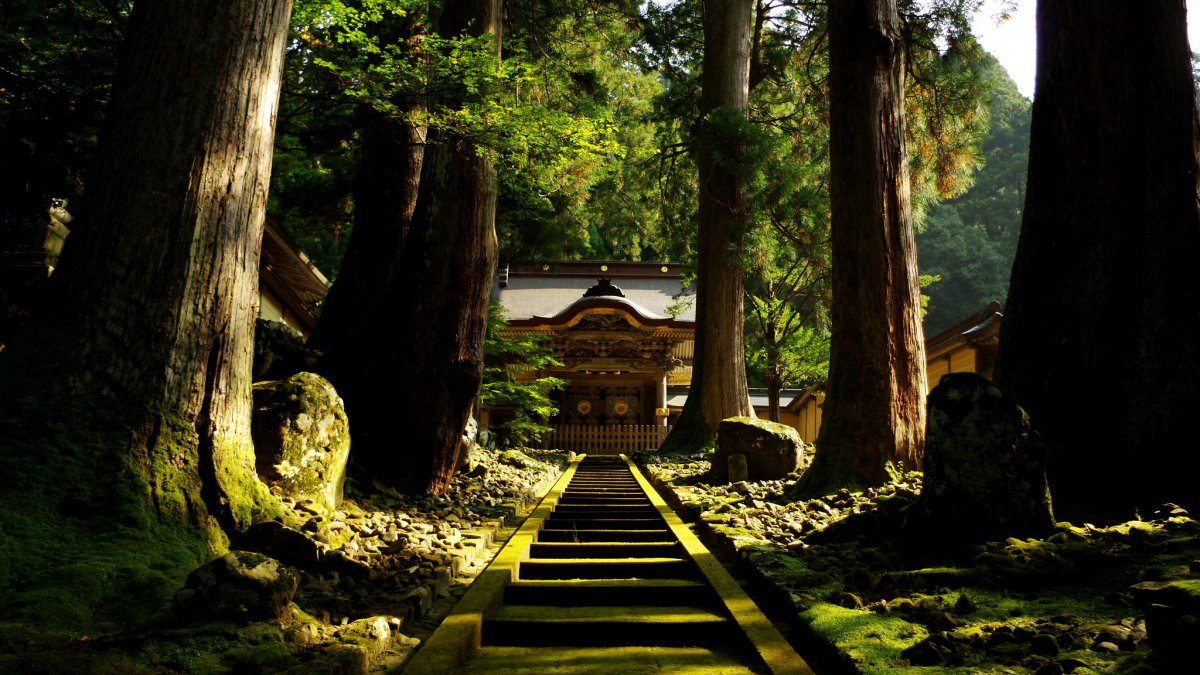
Fukui is a relatively small prefecture which borders Ishikawa, Gifu, Shiga and Kyoto. It has a world-famous dinosaur museum which houses a large collection of exhibits including valuable fossils of dinosaurs excavated there. Tojinbo Cliff refer to a series of giant rock formations along the steep coastline. You can walk around on the rocks along a safe pathway, while taking amazing pictures of the sea. If you want to visit somewhere historical, head to Eihei-ji Temple, a sacred Buddhist temple which dates back to the 13th century!
Kansai Region – 関西地方
Shiga Prefecture
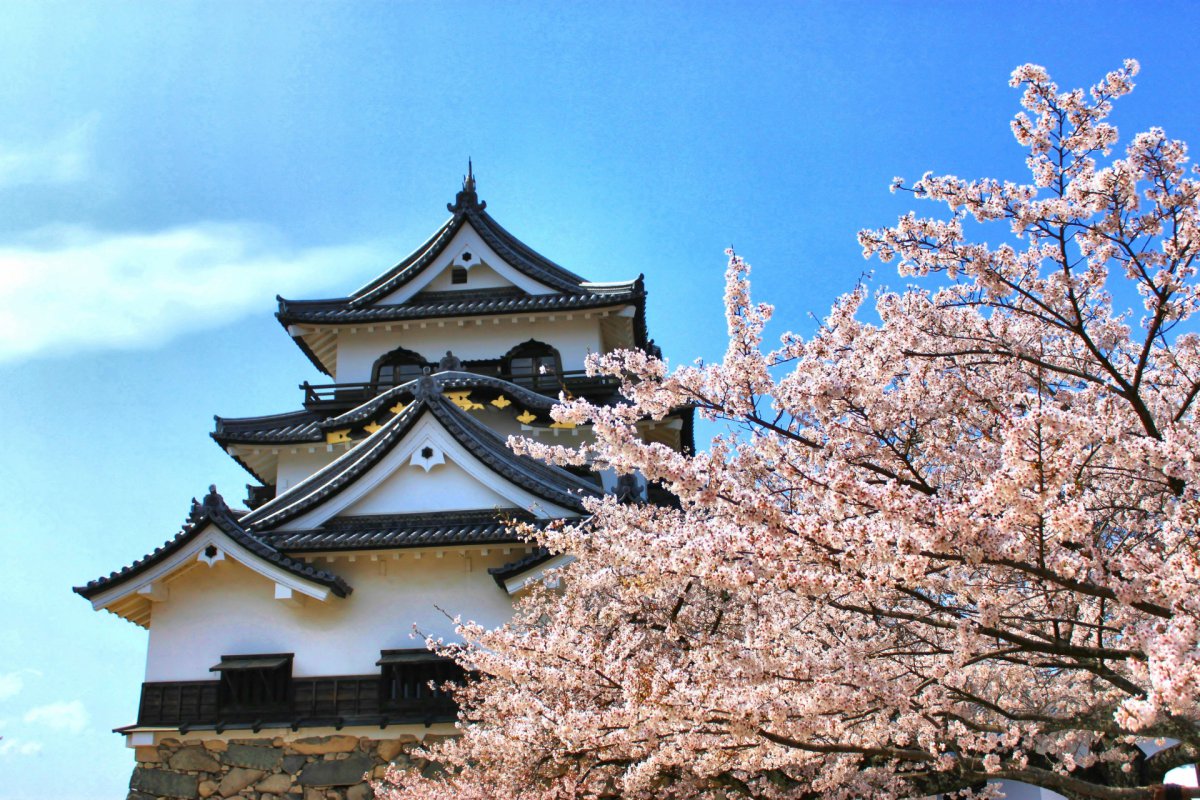

Shiga is a prefecture east of Kyoto widely known for Lake Biwa, the largest freshwater lake in Japan. Hikone is a beautiful city near Lake Biwa and known for its castle, the most popular tourist destination in the prefecture. Visit Hikone Castle, one of the 12 original castles in Japan, to learn about the history and get a panoramic view of the entire city from the observation deck on the top floor. Hieizan Enryakuji, a Buddhist temple also known as the head temple of the Tendai Sect of Japanese Buddhism, is also a must-visit.
Kyoto Prefecture


Kyoto is the ancient capital of Japan with a number of famous historical spots such as temples and shrines. Fushimi-inari Taisha Shrine is the most visited tourist attraction in Japan with thousands of red torii gates. Kinkakuji Temple is the golden temple completely covered with gold leaf, creating a stunning scenery with a beautiful Japanese garden around. Arashiyama is a scenic area which is world-famous for the bamboo forest where you can relax walking through countless numbers of beautiful, green bamboo and visit some of Japan’s most beautiful zen gardens. Stroll through the Gion district, where you can experience the history and the geisha culture, and continue your way uphill to the stunning Kiyomizudera Temple.
Wakayama Prefecture


Wakayama is a prefecture located to the south of Osaka. It welcomes tourists with a number of scenic and sacred spots such as Kumano Nachi Taisha, a Shinto shrine designated as a UNESCO World Heritage Site along with Kumano Hongu Taisha and Kumano Hayatama Taisha. The nearby waterfall provides a spectacular backdrop. Kumano is also where you can have a memorable hiking experience along the old pilgrimage routes called Kumano Kodo. Explore the holy shrines while walking through sacred forests. Spend a refreshing summer break at Shirahama Beach, stretching 600 meters with great hotels and inns nearby.
Nara Prefecture

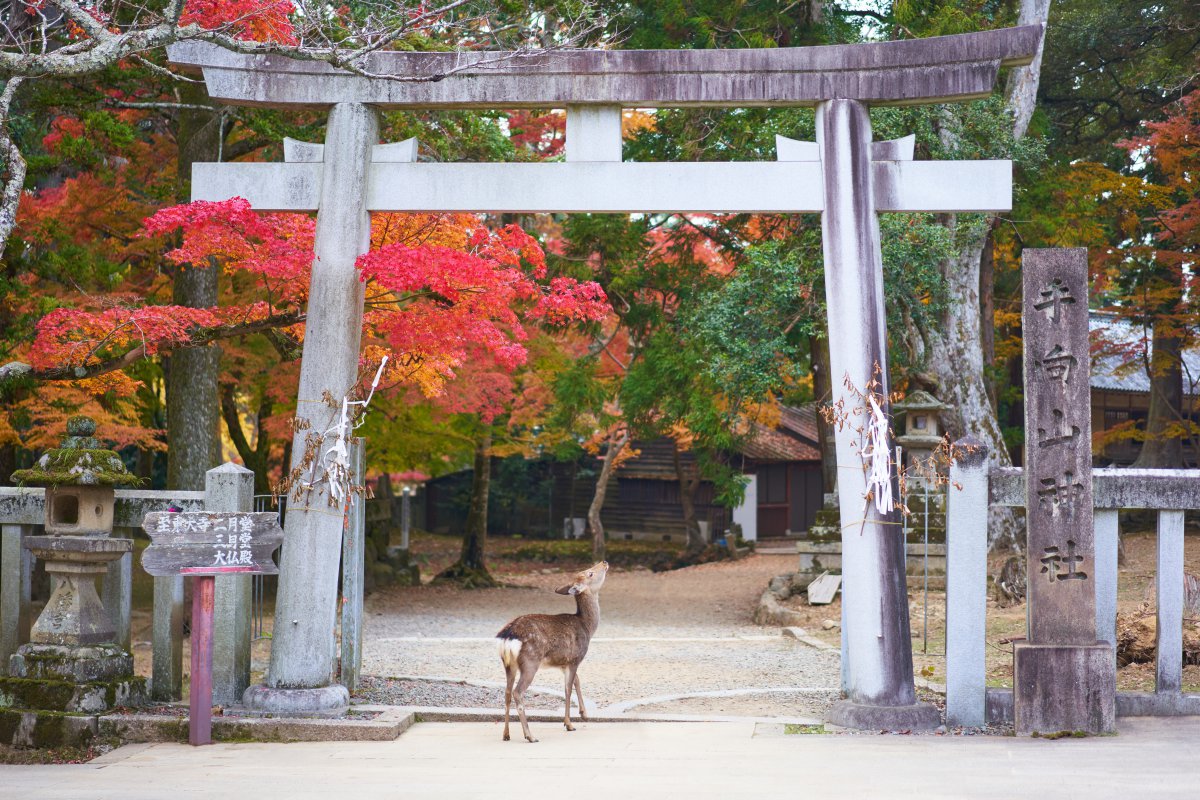
Nara is often visited along with Kyoto, as they are well connected by train and because of the similarity represented by old temples and shrines. At Nara Park, more than 1,200 deer welcome visitors and you can feed them with crackers sold in the park. Todaiji is a Buddhist temple built in the 8th century, officially listed as a UNESCO World Heritage Site. It houses a huge Daibutsu (Great Buddha), which stands 15 meters tall and has a peaceful smile on its face. Nara boasts several other historically important sites including Horyuji Temple, Omiwa Shrine, and Kashihara Jingu Shrine.
Osaka Prefecture

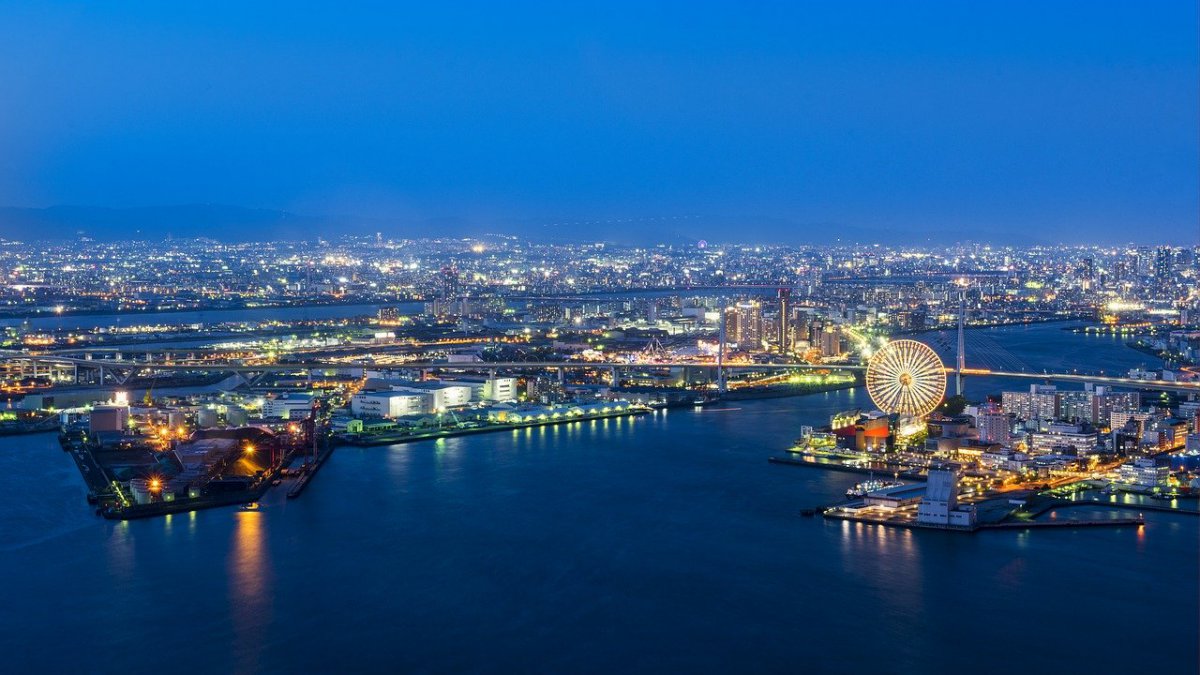
Osaka, known as the second largest metropolitan city in Japan, has more than what you might be able to imagine. Osaka Castle is a landmark that is definitely worth a visit. It houses a large collection of valuable exhibits, and takes visitors with an elevator up to the top floor that offers a panoramic view of the city. Try local specialties at the food stalls and restaurants in Dotonbori and Namba area, you can easily understand why Osaka is known as the culinary capital of Japan. Osaka has a unique food culture that is totally different from Tokyo. Visit Osaka Bay Area which is home to modern tourist attractions such as Universal Studio Japan and Osaka Aquarium Kaiyukan.
Hyogo Prefecture
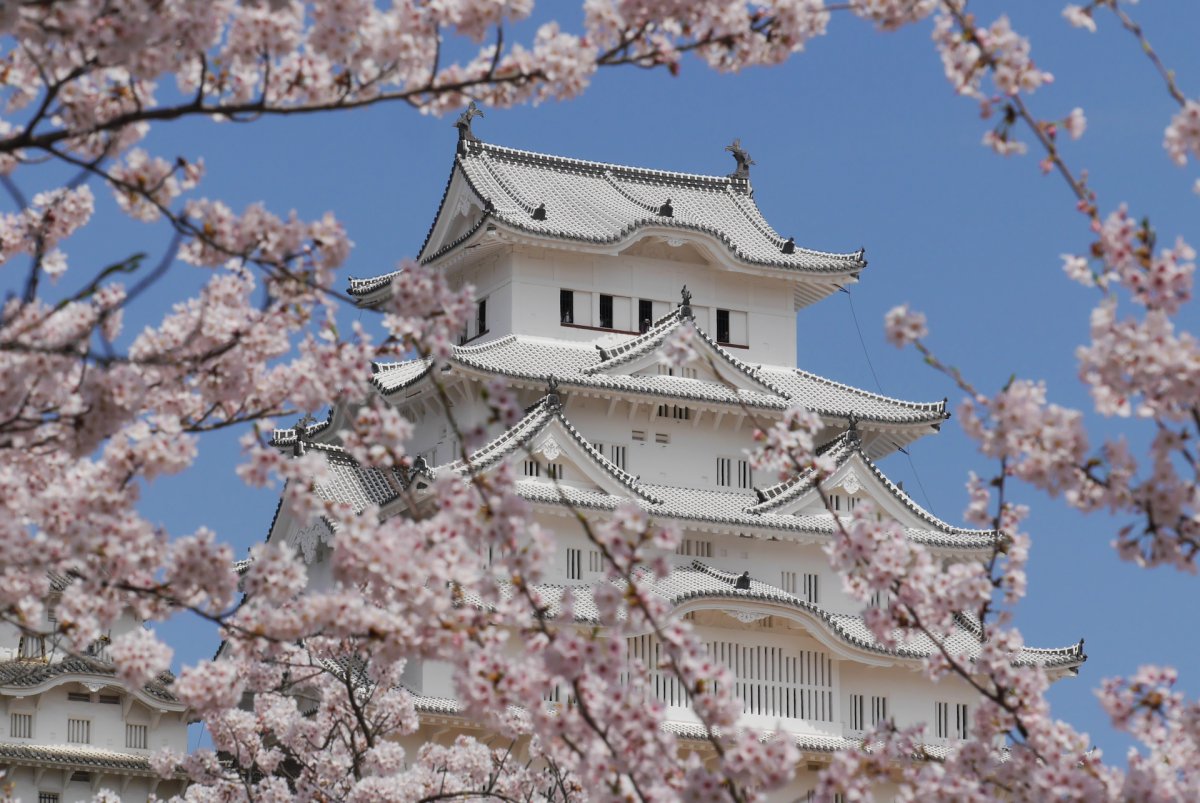
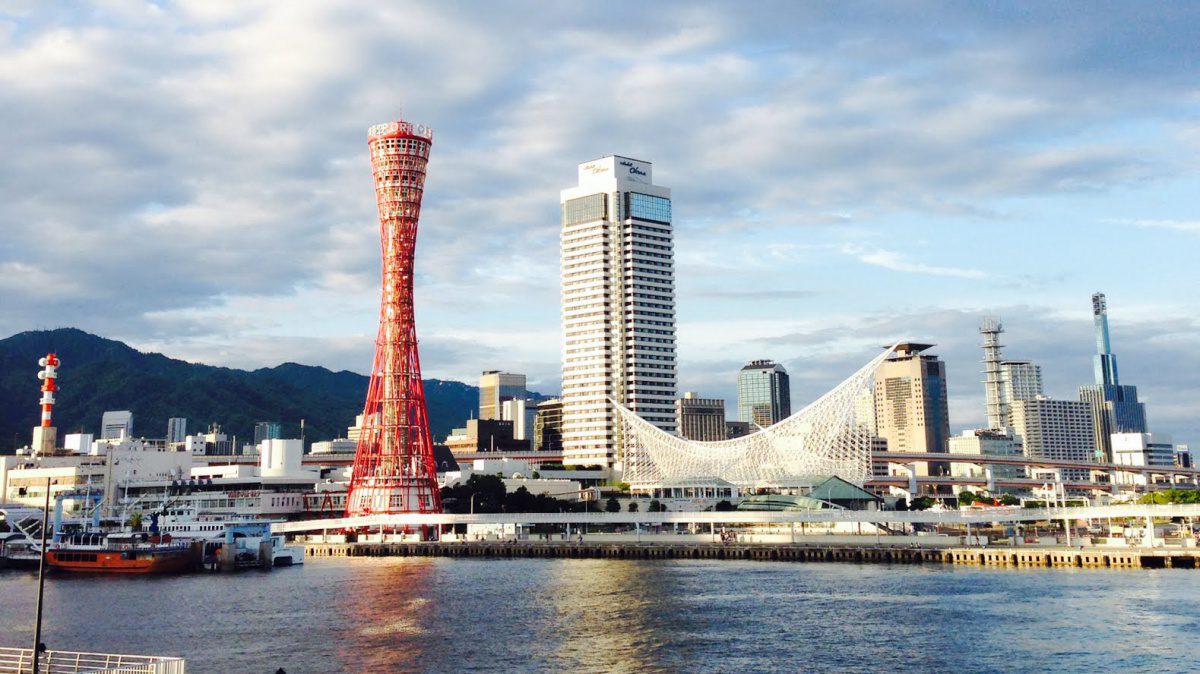
Hyogo is a prefecture that also attracts a high number of tourists to the Kansai region. Himeji Castle is an iconic castle widely known for the beauty of the white walls. Enjoy relaxing hot springs at Arima Onsen, one of the oldest Onsen resorts in Japan with beautiful nature around. Takeda Castle Ruins refers to a castle ground with no buildings, but it fascinates visitors with the unique scenery when it looks like it is floating on a sea of clouds during the autumn and winter seasons! Don’t forget to try Kobe beef which is incredibly tender and flavorful!
Chugoku Region – 中国地方
Okayama Prefecture
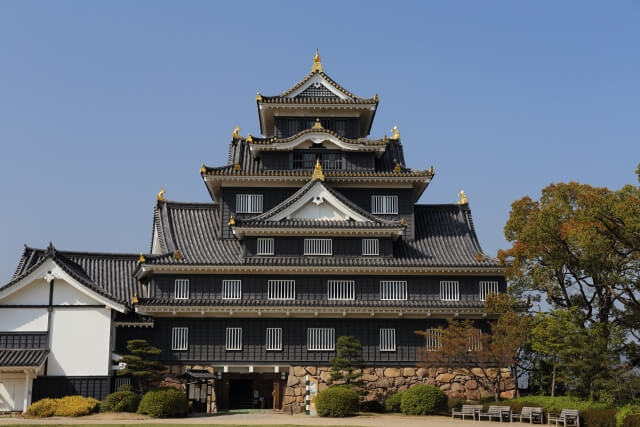

Okayama is a peaceful prefecture nicknamed the Land of Sun. It boasts a large produce of fresh peaches and other juicy fruits. Kurashiki Bikan Area, once a flourishing merchant town, is where most tourists visit. The beautiful landscape with a number of traditional Japanese buildings in perfect condition, make visitors feel as if they traveled back to the Edo period. Okayama Castle dates back to around the 16th century and is another must-visit if you have any interest in Japanese history. Right next to the castle, you can find Okayama Korakuen Garden, one of the three most beautiful gardens in Japan!
Hiroshima Prefecture

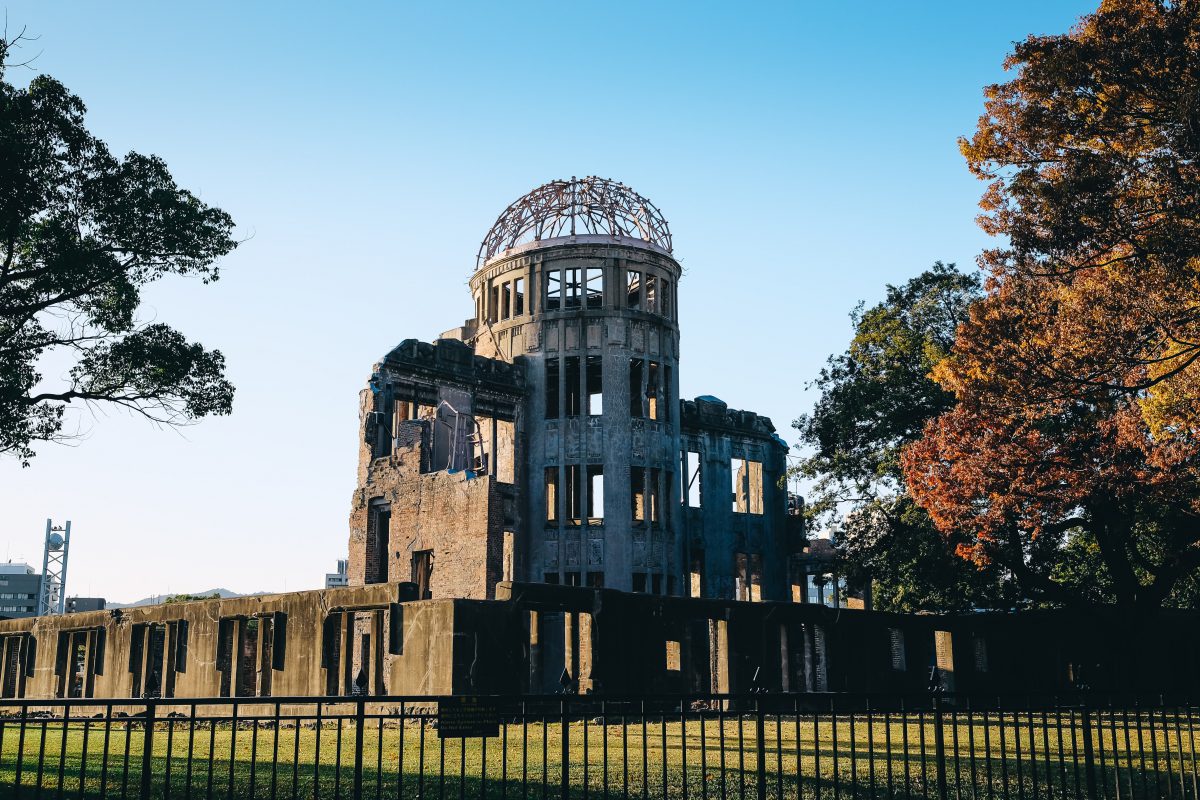
Hiroshima is a business and economical center in the Chugoku region with a population of over 2.8 million people. Partly because of the tragic history of the atomic bomb dropping during WWII in 1945, it has served as a popular tourist destination with great tourist attractions. the Peace Memorial Museum houses a large collection of exhibits including pictures taken soon after the bomb attack. The Atomic Bomb Dome is located within walking distance from the informative museum in the Peace Memorial Park. Miyajima is another popular spot famous for the big red torii gate that appears to be floating on water during high tide. The small island is full of exciting experiences: visit Itsukushima Shrine, try local specialties such as Momiji-Manjyu, hike to the summit of Mount Misen and take a memorable photo with cute free roaming deer!
Yamaguchi Prefecture

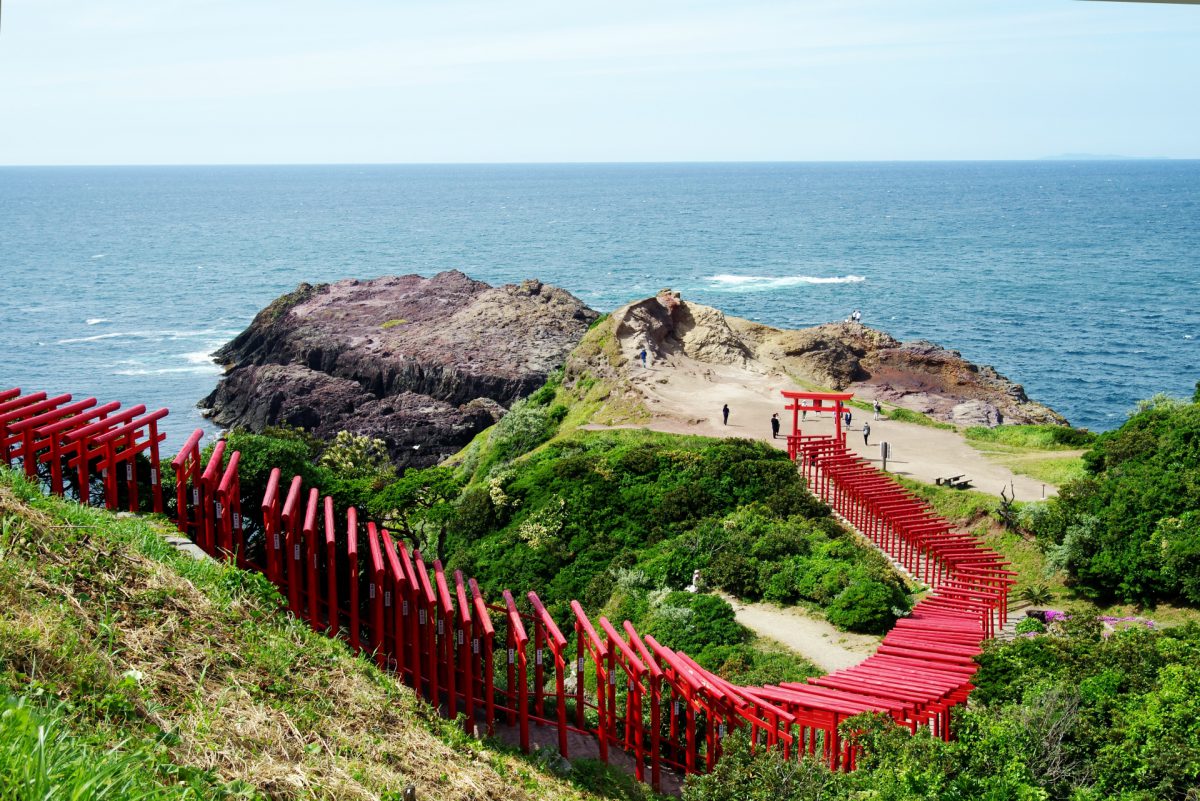
Yamaguchi is located at the western tip of the main island in Japan. It is famous for fresh blowfish caught at Shimonoseki, a port town known as the largest blowfish harvester in Japan. Tsunoshima is a beautiful island connected to the main island by a 1,780-meter bridge completed in 2000. Many people flock to Tsunoshima to escape from the summer heat and enjoy sea bathing in the crystal-clear water. At Motonosumi Shrine, 123 red torii gates line up on the cliff make for a beautiful contrast with the blue ocean. Kintai Bridge is a historical wooden bridge which attracts crowds especially in the spring, when the cherry blossoms along the river are in full bloom!
Tottori Prefecture

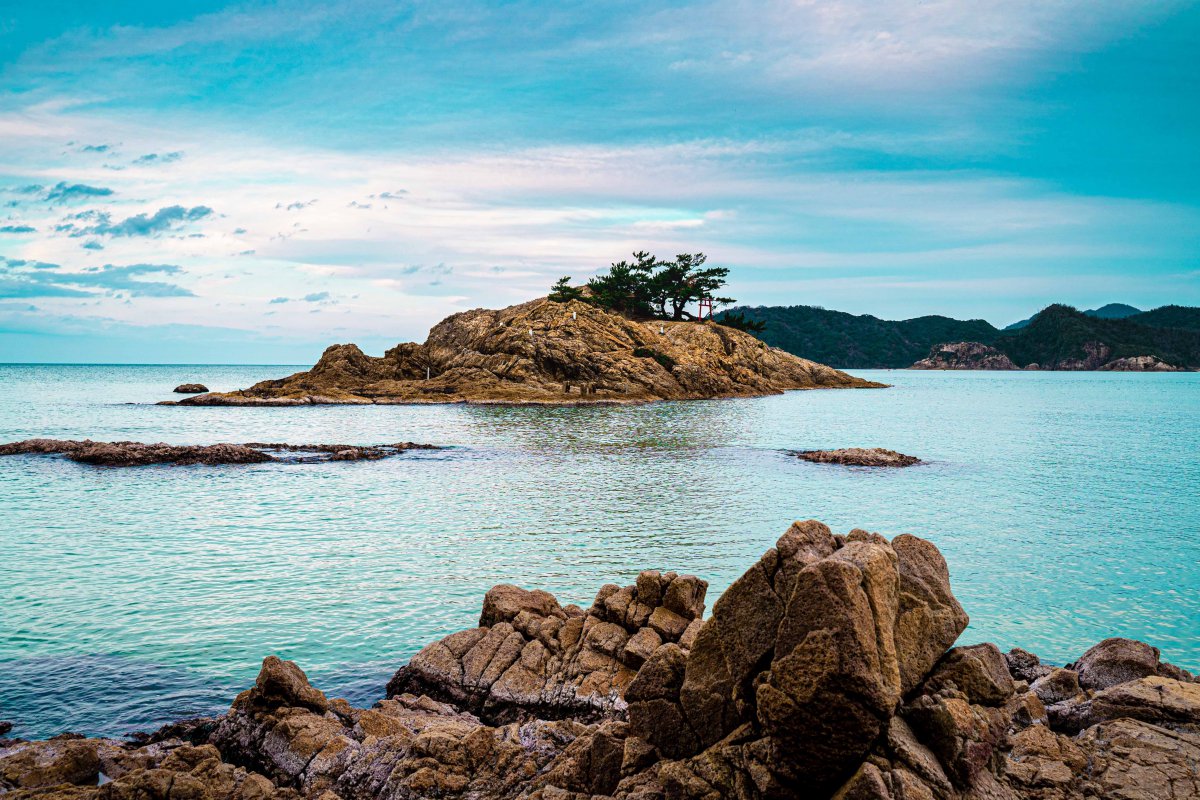
Tottori is a home to Tottori Sakyu, the largest sand dunes in Japan. They stretches about 16 km along the Sea of Japan, creating a unique scenery. You can explore the desert riding on a camel or go paragliding. For some amazing, unique sand art such as life-sized statues, visit the nearby Sand Museum. Enjoy a refreshing boat cruise at Uradome Coast which has a white sandy beach, giant cliffs created by wave erosion, and other scenic spots. Hakuto Shrine is a small, peaceful shrine where you can spot a number of statues of white rabbits!
Shimane Prefecture
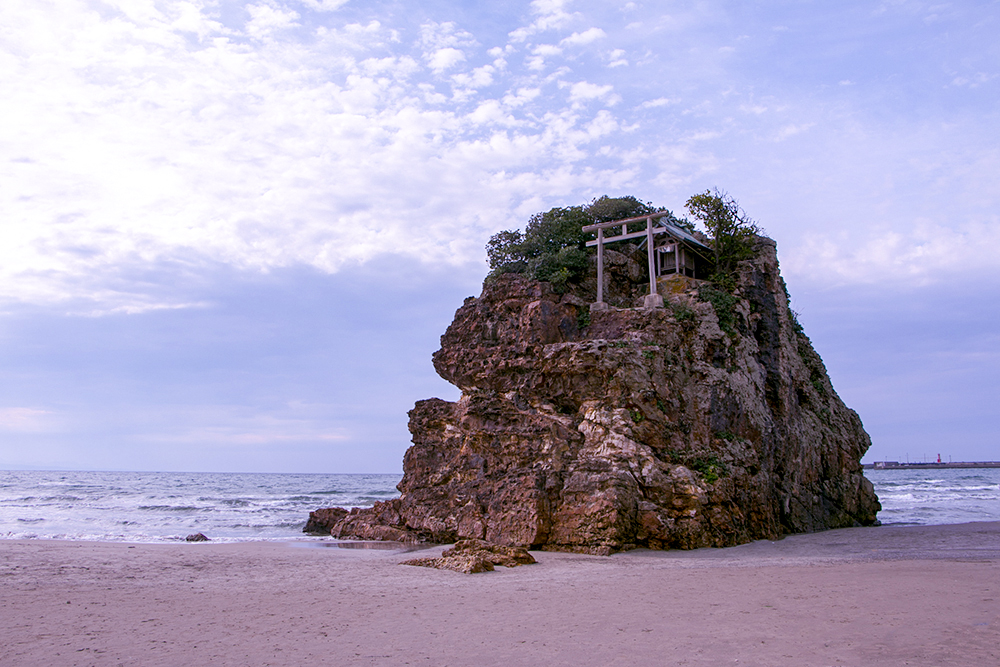
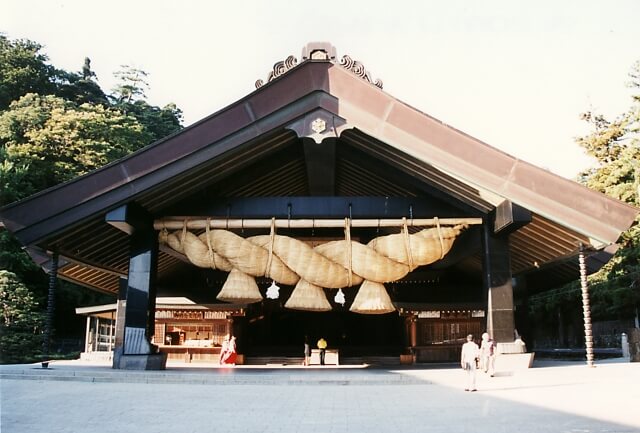
Shimane is a small prefecture which borders Yamaguchi, Hiroshima, and Tottori. The highlight of Shimane is undoubtedly Izumo Taisha Shrine, one of the oldest and greatest shrines in Japan along with Ise Grand Shrine in Mie prefecture. It is believed that it brings good fortune for love and marriage, making it a popular visit among couples and the younger generations in recent years. Matsue Castle is another fascinating spot, designated as a National treasure and one of the 12 original castles in Japan. During the spring season, it is packed with visitors who come to enjoy cherry blossom viewing!
Shikoku Region – 四国地方
Kochi Prefecture
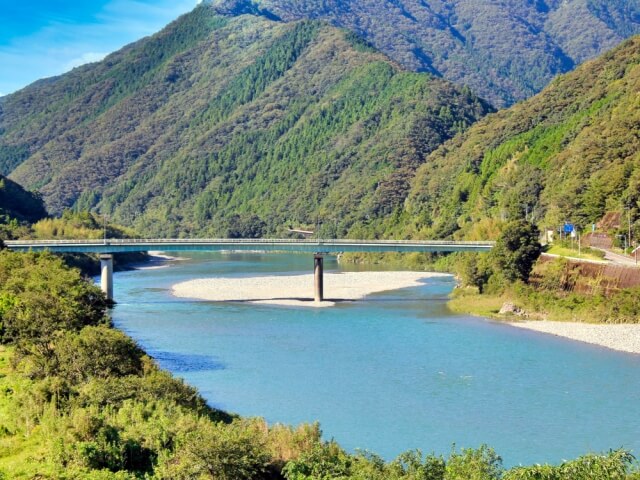
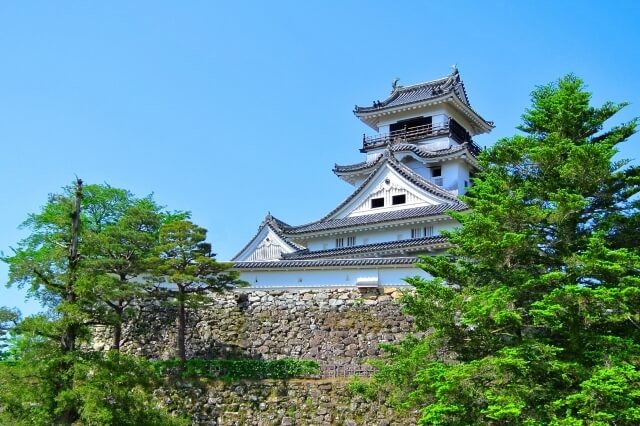
Kochi is one of the four prefectures comprising the Shikoku region. It covers both vast mountainous areas and long coastlines, making it a perfect destination for those looking for adventurous experiences in different sceneries. Kochi Castle is an elegant castle located at the heart of Kochi city. Go to Katsurahama Beach to catch a panoramic view of the Pacific Ocean and feel the refreshing sea breeze. Shimanto River is one of the beautiful, intact streams that can be spotted in the mountainous areas with about 47 footbridges built over it. Enjoy rafting or canoeing in the longest river in the Shikoku region while unwinding in the peaceful surroundings away from crowds in the bigger cities.
Ehime Prefecture
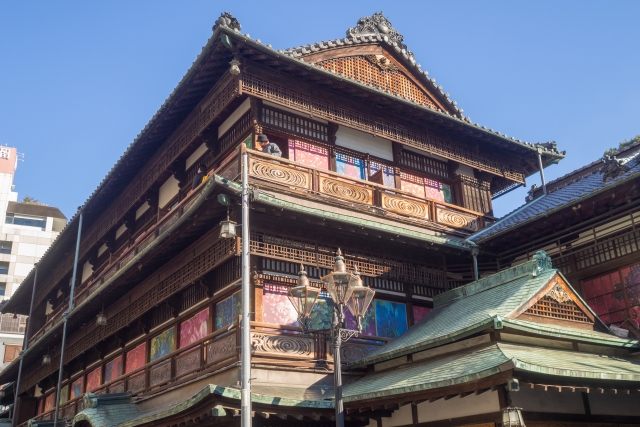
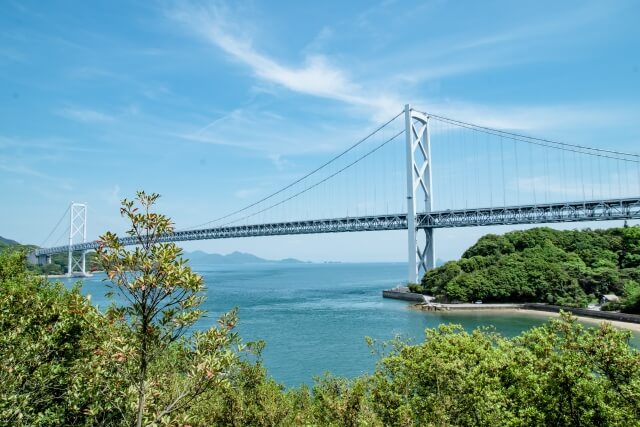
Ehime is a small prefecture in west Shikoku and includes a number of small islands. It has everything that foreign tourists expect to try and visit during their trip to Japan including castles, temples and onsen. Its main attraction is Dogo Onsen, known from the Ghibli movie Spirited Away. Ehime prefecture is also the final prefecture of the Shimanami Kaido, a 60km long scenic toll road, that is also very popular among cyclists. Pay a visit to Oyamazumi Shrine, a small sacred shrine on Oshima island. Don’t forget to try fresh seafood at local restaurants!
Kagawa Prefecture
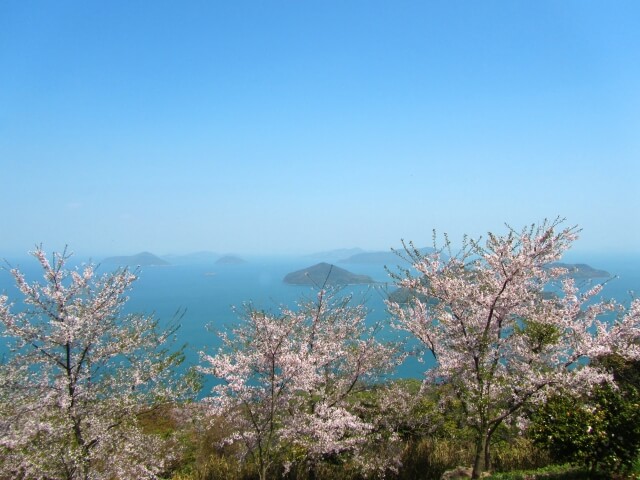

Kagawa is the smallest prefecture in Japan, and known as the Udon prefecture. It will give you a totally different impression once you visit as there are a number of amazing spots. Kompirasan is a Shinto shrine which is dedicated to the sailors and seafaring, and is also known as the main Kompira shrine in Japan. In spring, enjoy cherry blossoms blooming around Marugame Castle. Take a ferry from Takamatsu port to the prefectures most popular attraction: Naoshima Island. The island is full of art works and home to impressive art museums in harmony with nature!
Tokushima Prefecture
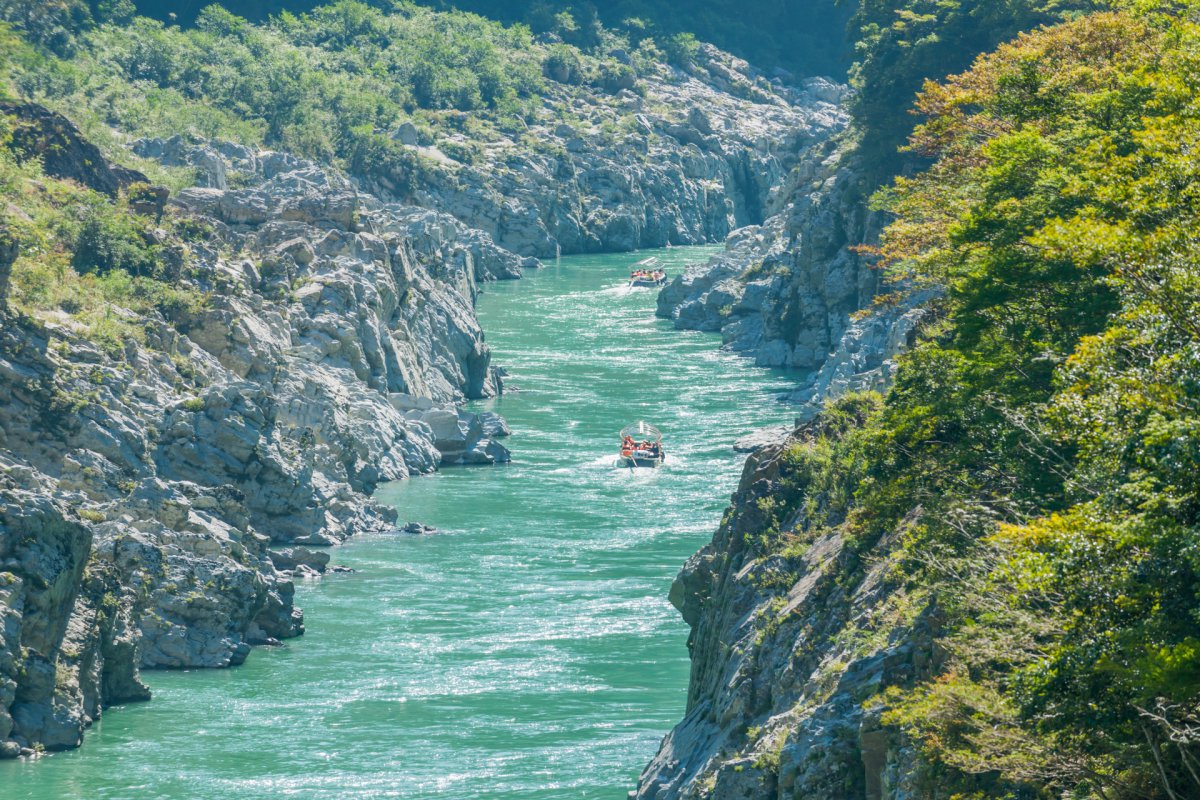
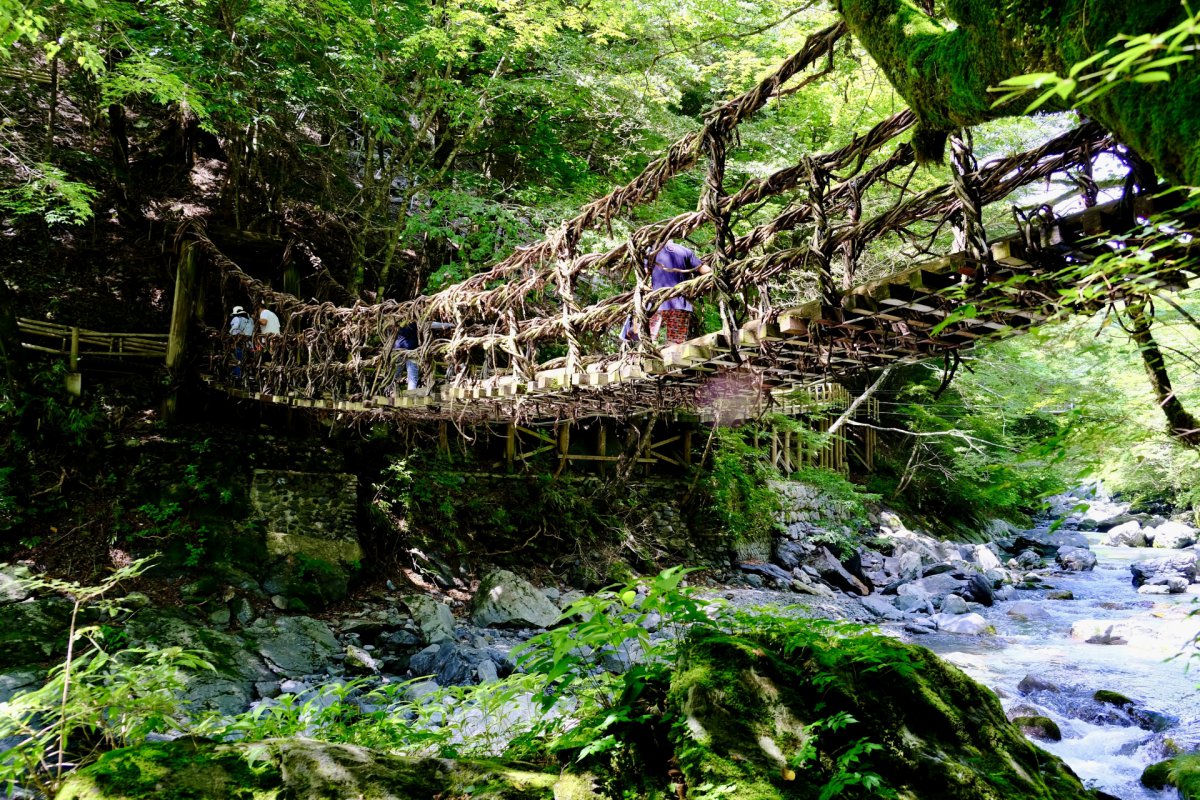
Tokushima is relatively less famous among (international) tourists, but it has many hidden gems waiting to be discovered! Naruto Kaikyo refers to the strait underneath the Onaruto Bridge connecting Tokushima to Awaji island in the Seto Sea. Join a boat tour that takes you close to the huge swirling whirlpools, called Uzushio in Japanese. Explore Iya valley which features rocky gorges and deep forests with vine suspension bridges called Kazura-bashi Bridges over the beautiful Iya river. Ochiai Village is one of the most popular tourist attractions where you can see traditional Japanese houses built on the slope of a mountain!
Kyushu Region – 九州地方
Fukuoka Prefecture
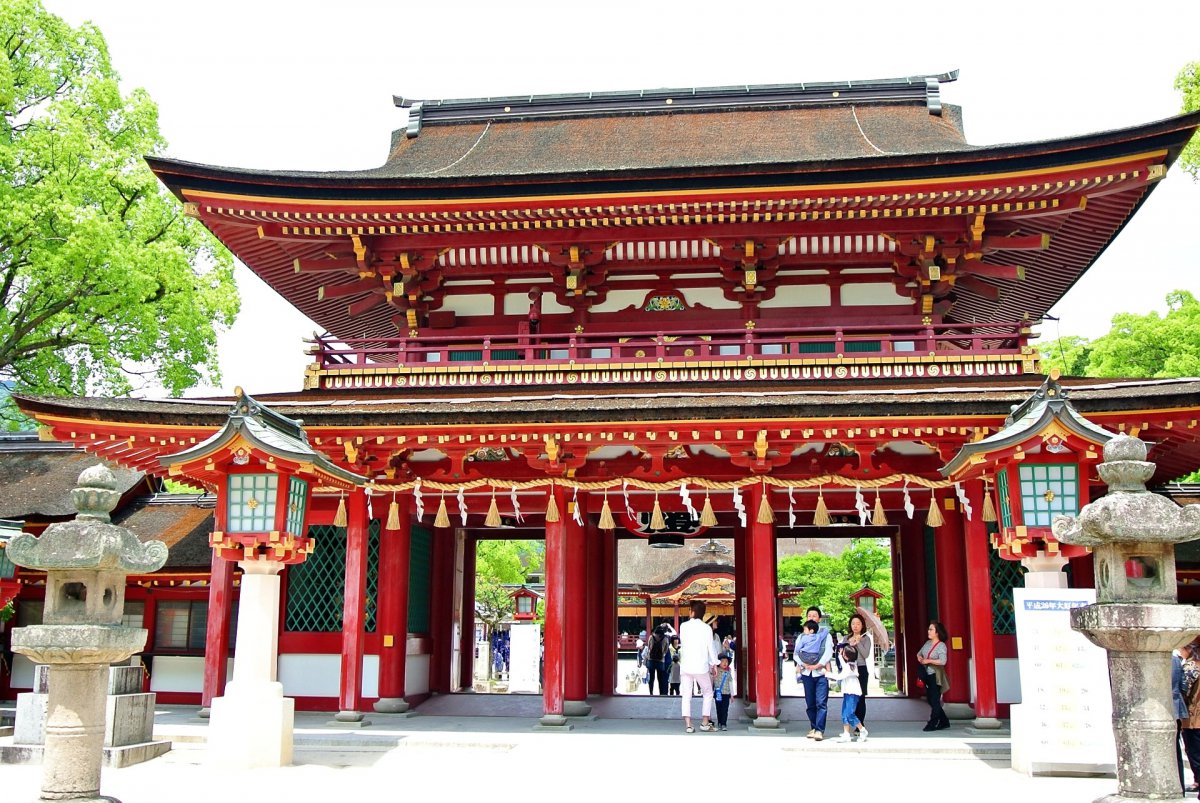
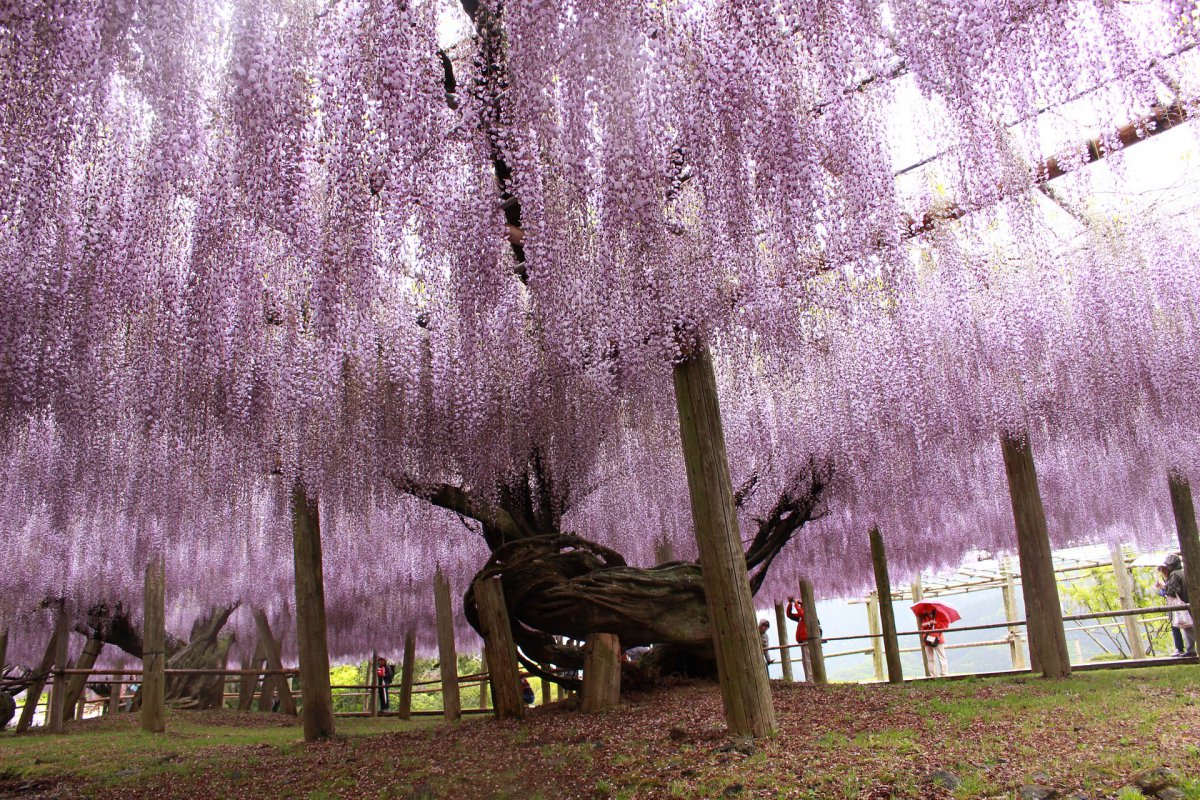
Fukuoka is the most urbanized prefecture in Kyushu region with a large population and busy business districts. Try local dishes such as Tonkotsu Ramen and Mizutaki at local restaurants around the Tenjin Area or Fukuoka Tower, both located in the namesake prefectural capital. Visit Dazaifu Tenmangu dedicated to the god of education, or Munakata Taisha, a UNESCO World Heritage Site located on a sacred island called Okinoshima. Nanzoin Temple houses one of the biggest bronze Buddha statues in the world, called the reclining buddha. For nature spots, head to Kawauchi Fujien, an amazing spot to admire the stunning wisteria flowers that blossom in the spring.
Saga Prefecture

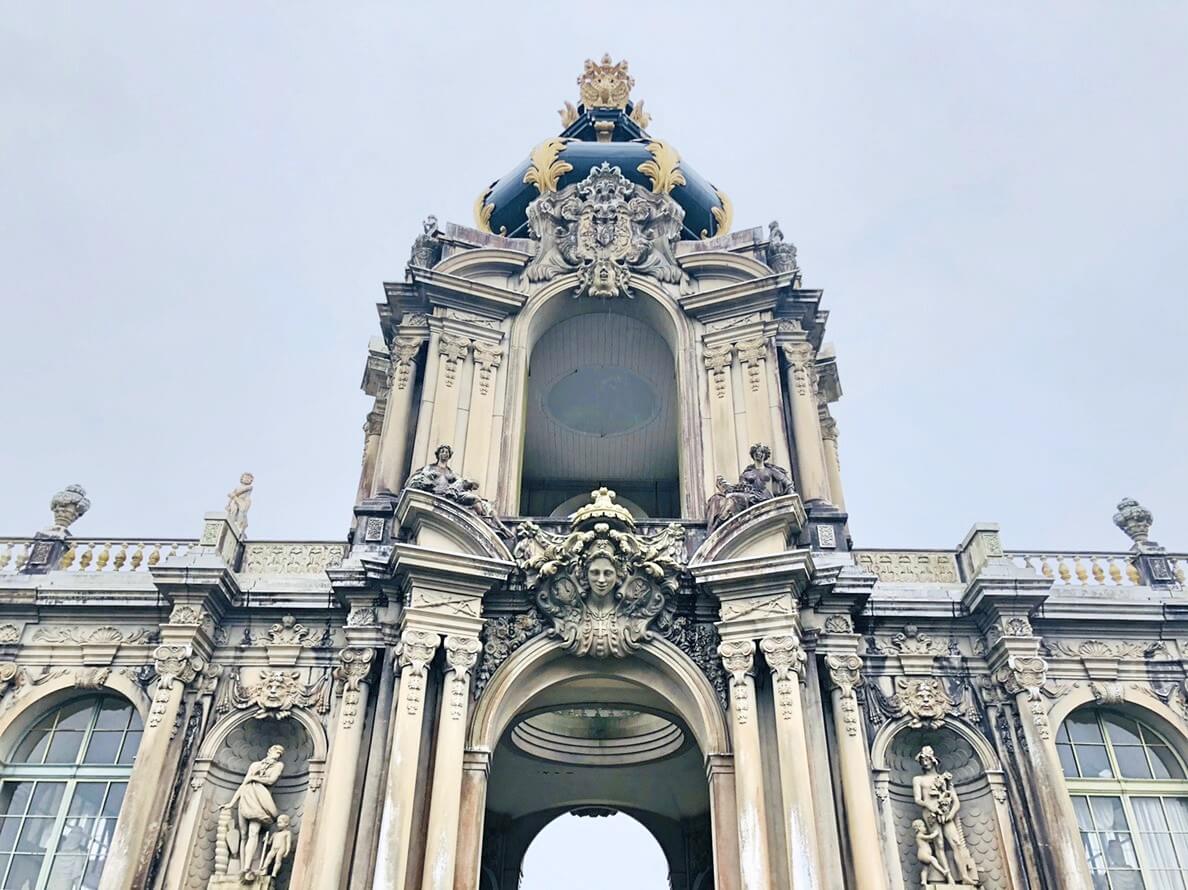
Saga is where you can really experience the countryside life in Japan while at the same time exploring fun tourist spots. The prefecture is famous for Japanese porcelain, with Arita-yaki and Imari-yaki pottery styles that gained popularity worldwide. Yoshinogari Park is an archaeological site with a number of remains and reconstructed structures of an ancient village dating back to the Yayoi period (300 BC to 300 AC). Visit Saga Castle, a reconstructed landmark that has a large collection of exhibits helping visitors learn about the history of the city. For a relaxing experience, dip in to the waters of Takeo Onsen or Ureshino Onsen!
Nagasaki Prefecture
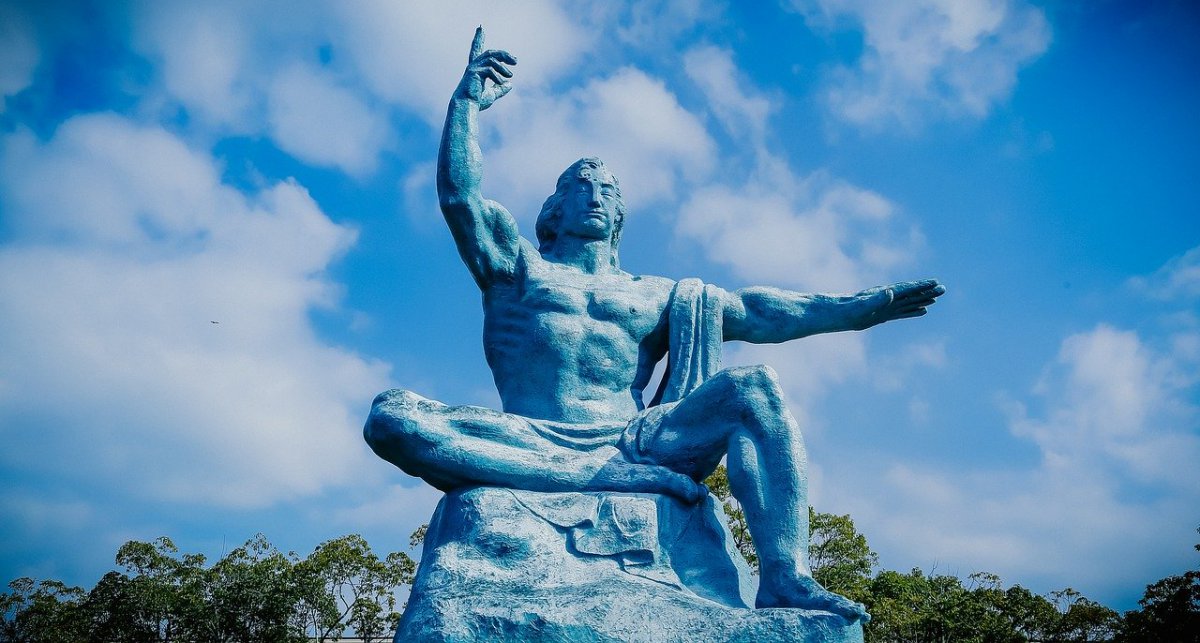
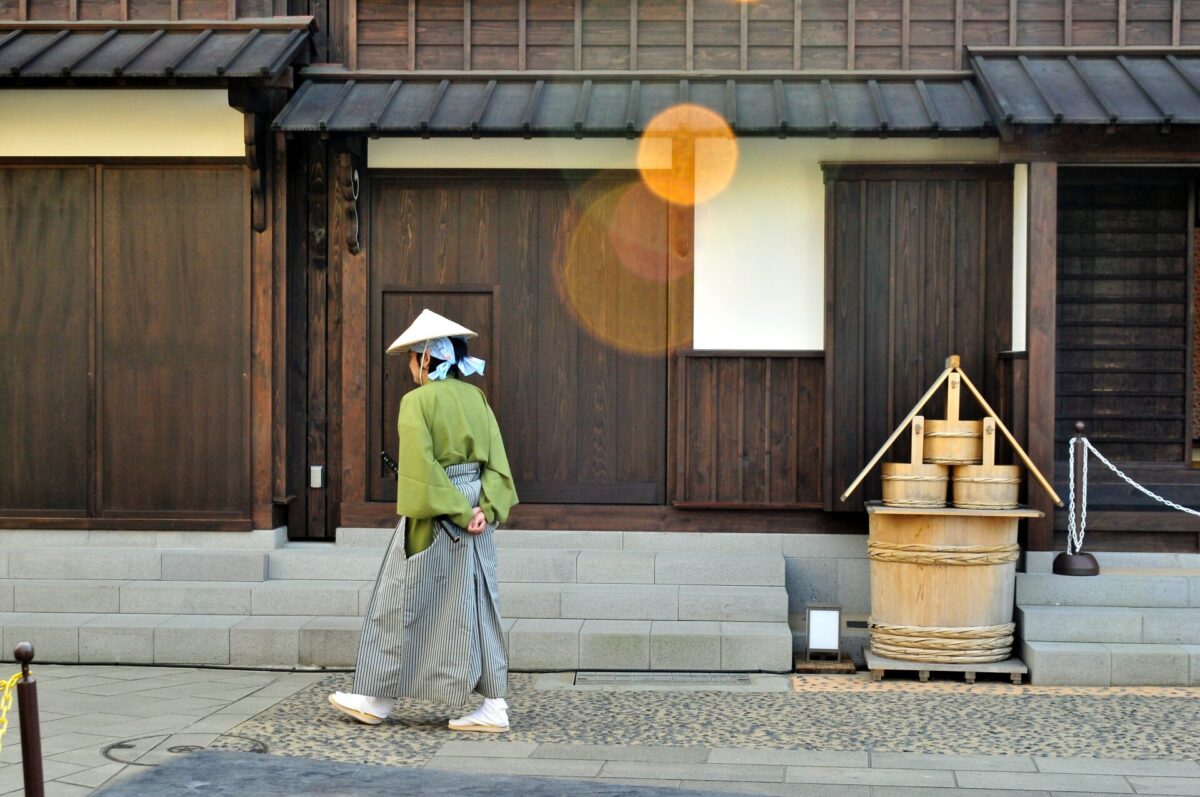
Nagasaki has unique features such as an exotic atmosphere influenced by western countries and hilly areas creating an impressive townscape. The prefecture is home to the man-made island of Dejima, through which the only western influences were allowed during the Sakoku (closed country) period. Visit the Atomic Bomb Museum to learn about the tragic history about the atomic bomb dropping in 1945. Glover Garden allows you to take a relaxing stroll in a lovely garden with historical western style buildings from back in the Meiji period. For a breathtaking night view, head up to Mount Inasa Observatory, that is said to be the best nighttime panorama in all of Japan. Another recommended area is the Goto Islands, a cluster of scenic islands with beautiful natural spots accessible by plane or ferry.
Kumamoto Prefecture
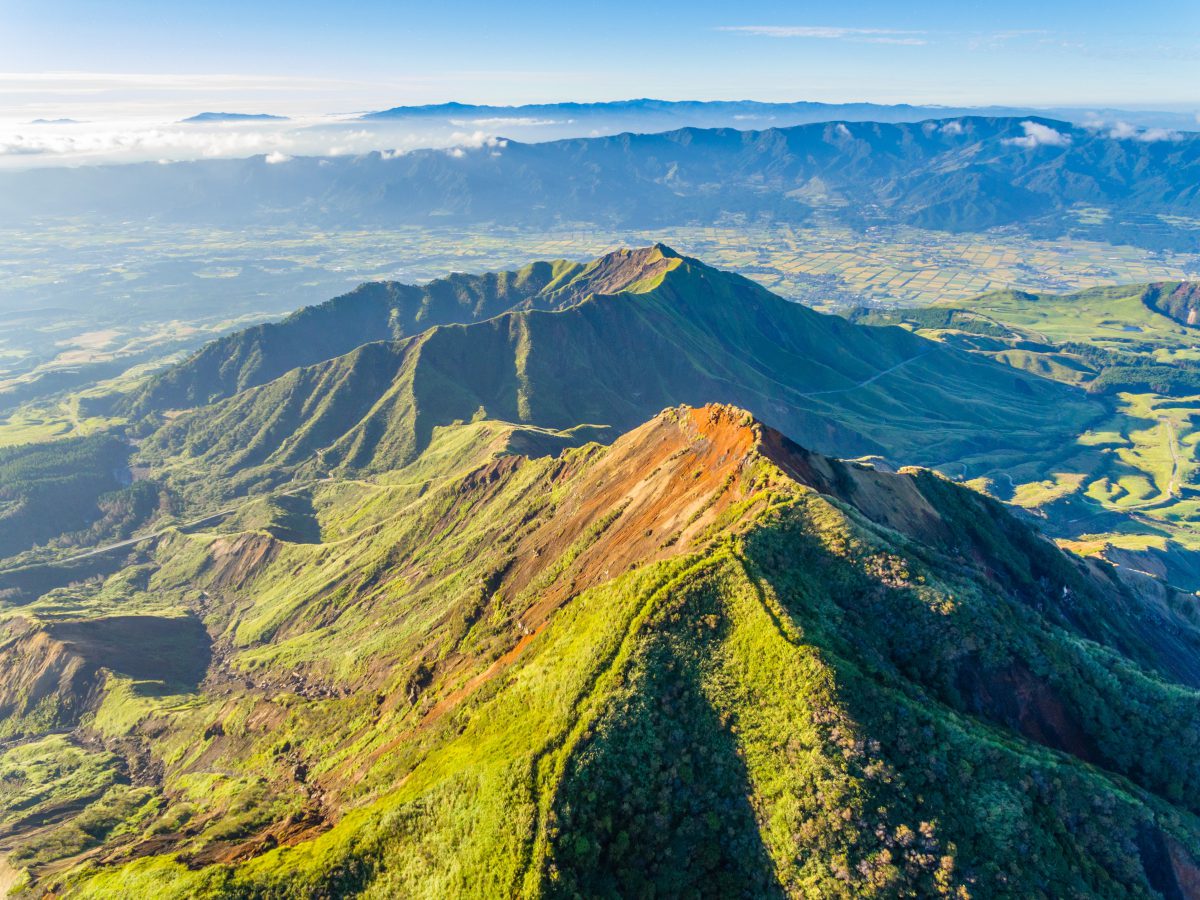

Kumamoto is one of the most popular destinations in Kyushu, known as the land of water due to its large flow of spring water. The prefecture is home to Mount Aso, the largest active volcano in Japan. Rent a car and head to the Aso Area, where you’ll find a number of scenic spots and hot spring resorts such as Kurokawa Onsen. Visit Nabegataki Waterfall which is considered one of the most beautiful waterfalls in Japan, or head to Amakusa where you might get a chance to see some wild dolphins.
Oita Prefecture
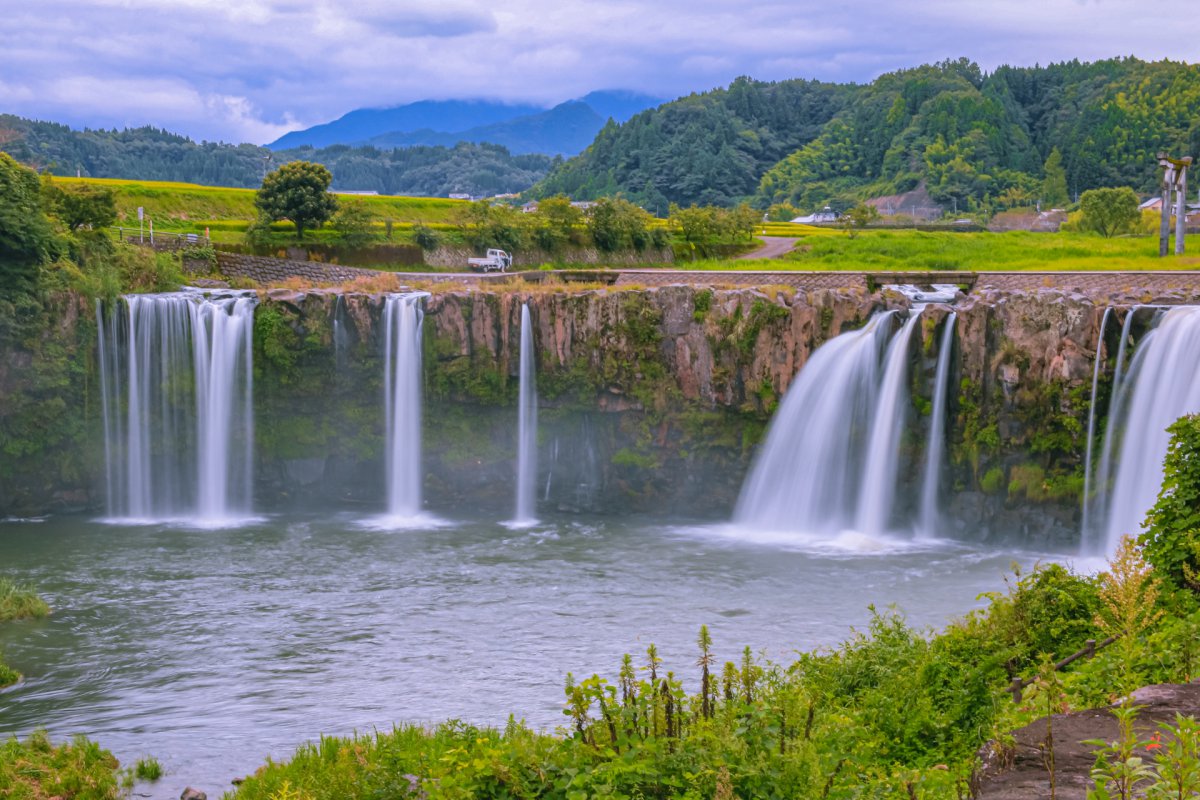
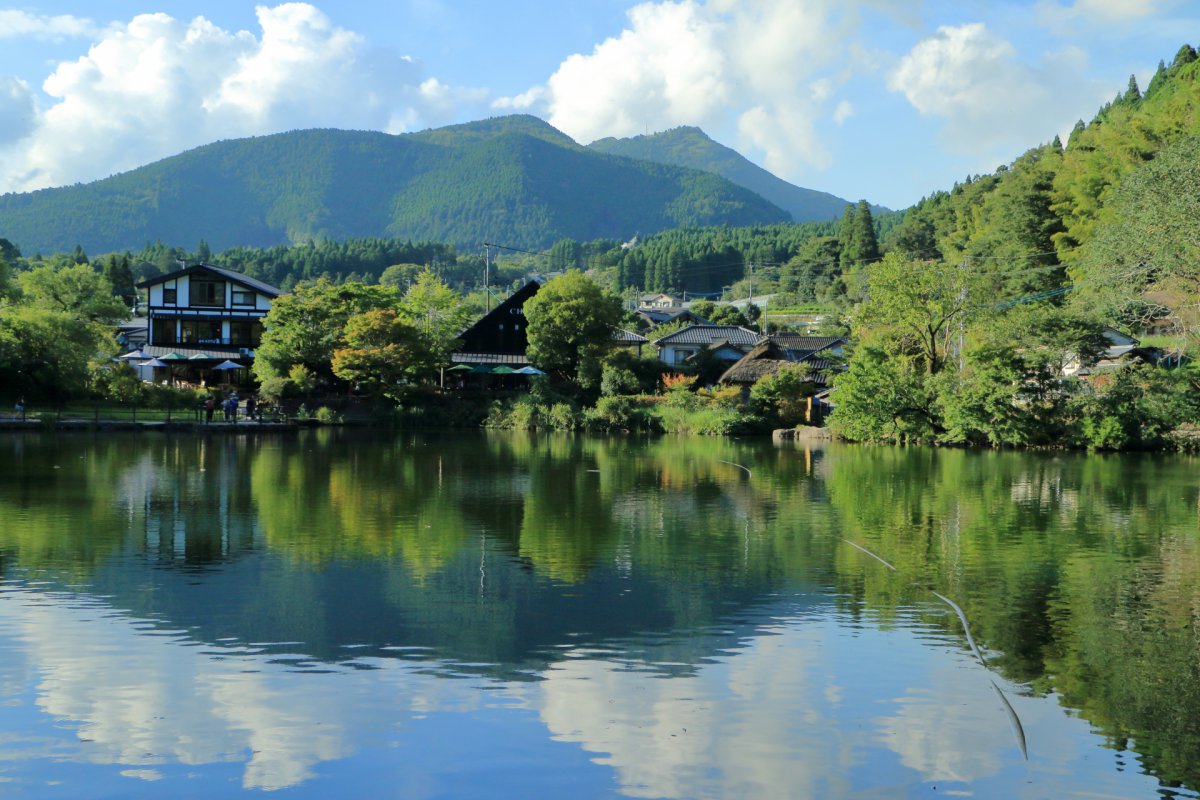
Oita is home to the most hot spring sources in Japan, with several world-renowned hot spring resorts such as Yufuin and Beppu. Mt. Yufu is a large mountain which is an ideal hiking spot during the summer season with lush greenery everywhere you look. Harajiri no Taki is a scenic waterfall often referred as The Eastern Niagara Falls because of the beautiful facade. Rokugo Manzan refers to a unique local religious culture with a number of ancient temples, shrines, and statues that can be spotted along the refreshing hiking trails on the Kunisaki Peninsula!
Miyazaki Prefecture
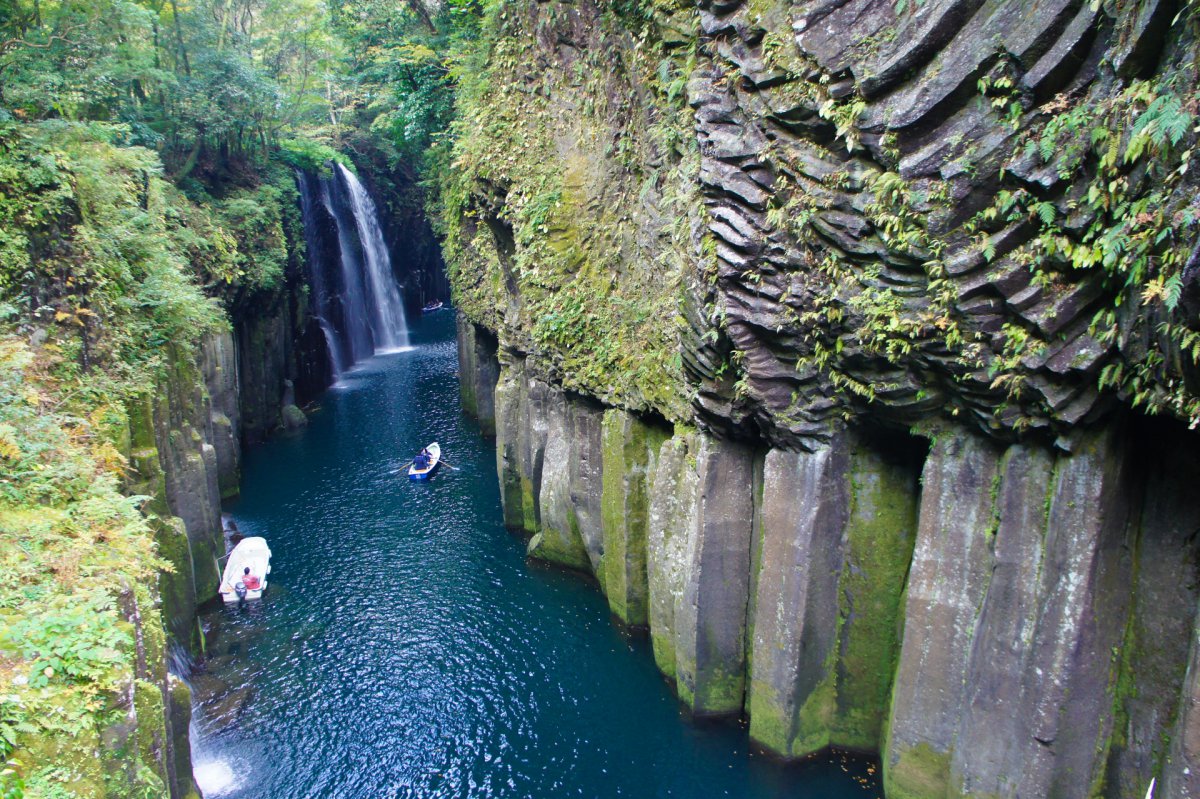

Miyazaki is located in the southeastern part of Kyushu, and it attracts visitors from all over with it’s scenic mountains, sacred spots, and a warm climate similar to tropical islands. Takachiho Gorge is definitely a highlight that you shouldn’t miss. The powerspot formed by the lava flow of the nearby Mt. Aso offers a stunning view of the v-shaped valley. Udo Shrine is a sacred Shinto shrine situated in a natural cave on the side of the steep cliff along the Nichinan Coast which offers a stunning view too. Enjoy surfing at Aoshima Island, or take a peaceful walk at Heiwadai Park. Try Shochu, Japan’s oldest distilled alcoholic beverage that is a local delicacy!
Kagoshima Prefecture


Kagoshima is widely known for Sakurajima Volcano, a symbolic volcanic mountain overlooking Kagoshima city. Yakushima is a beautiful island which boasts a number of refreshing hiking trails, making it a popular trekking spot with scenic spots such as Jomonsugi and Shiratani Unsuikyo Ravine, two spots that served as an inspiration for the Ghibli movies Princess Mononoke. Kirishima mountain range is another popular hiking spot. Visit Satsuma Peninsula to try the famous natural sand baths in Ibusuki Onsen Town.
Okinawa – 沖縄
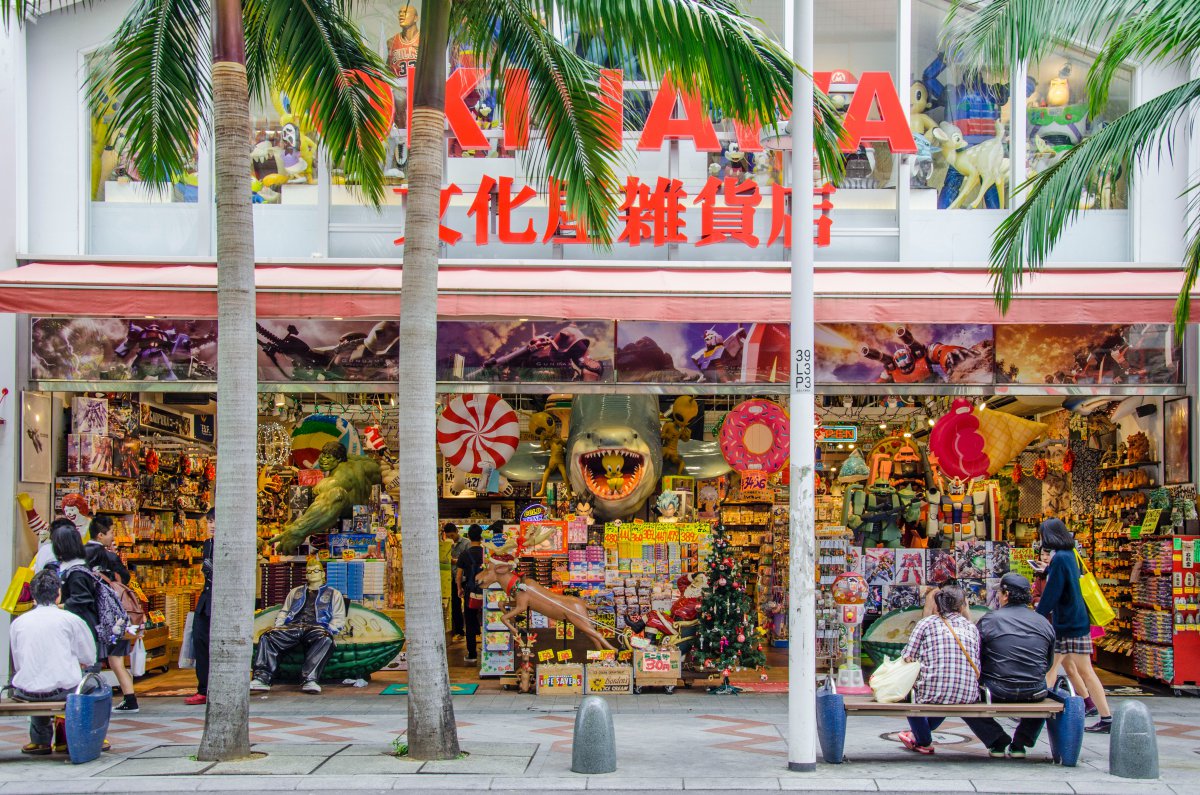
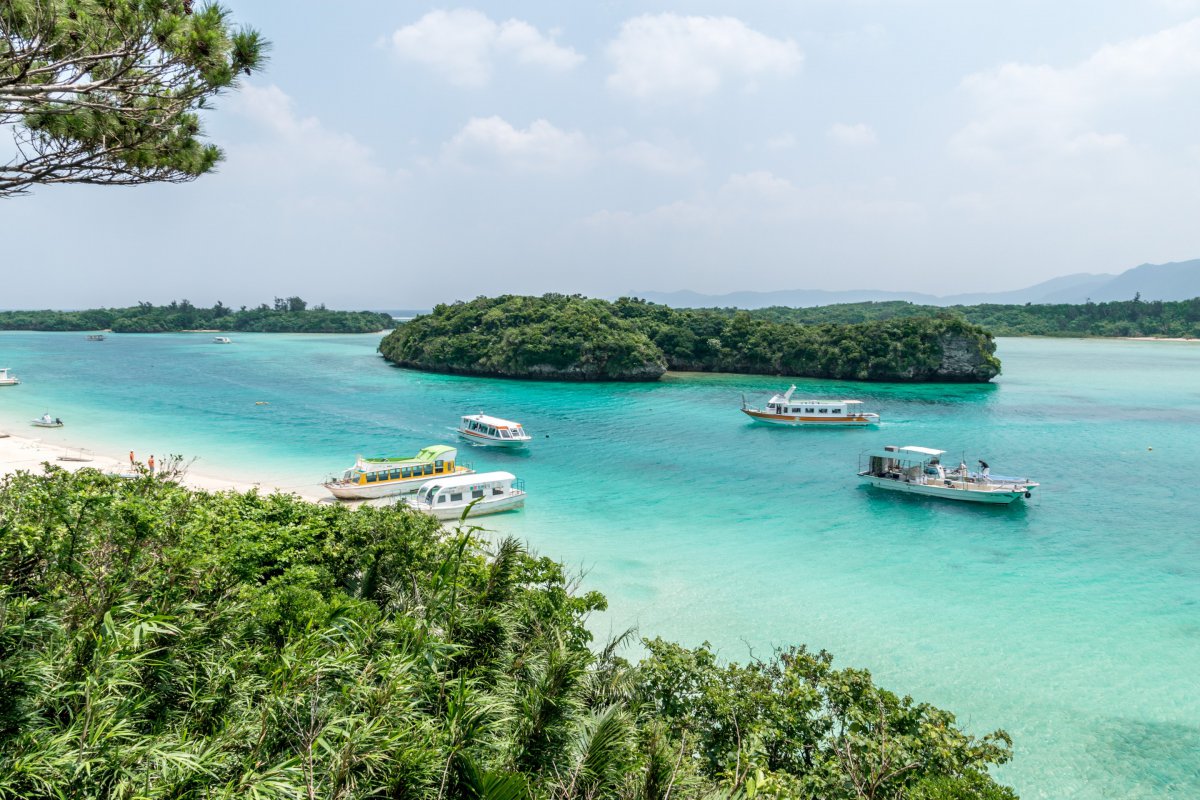
Okinawa offers totally different adventures and experiences from other parts of Japan. The group of about 160 tropical islands, offers a generally warm and pleasant subtropical climate all year round. Enjoy local specialties and shopping at Kokusai Dori Street in Naha, the prefectural capital, which is also home to UNESCO World Heritage Site Shurijo Castle. Fly to remote islands such as Ishigaki Island to get close to nature and enjoy marine sports such as diving and snorkeling in the crystal-clear water. Okinawa is known for its’ tasty local dishes influenced particularly by China, South East Asia, and the US. The unique cuisine is mixed with a surprising amount of pork and beef, rather than fish; try Ishigaki beef that melts in your mouth with an unforgettable flavor!
Japan Wonder Travel Tours
Japan Wonder Travel is a travel agency that offers guided tours throughout Japan.
From private walking tours to delicious Food and Drink tours, we can help you organize the best tours just for you! If you want to explore Japan and learn more about the history and backstories of each area you are visiting, our knowledgeable and friendly English speaking guides will happily take you to the best spots!
In addition, we can provide you with any assistance you may need for your upcoming trip to Japan, so please feel free to contact us if you have any questions or need some help!
▶Tokyo Tsukiji Fish Market Food and Drink Tour
Explore the most lively and popular fish market in Tokyo and try some of the local’s favorite street foods and sake with one of our friendly and knowledgeable English speaking guides!

▶Tokyo 1–Day Highlights Private Walking Tour (8 Hours)
There’s no better way to explore an area than taking a tour with a knowledgeable local guide. You will have the chance to learn about the history and interesting background stories of Tokyo, as well as discover some hidden gems which can be hard to do without a guide.

▶Mt. Fuji Day Trip Bus Tour from Tokyo
Experience the breathtaking views of Mt. Fuji by visiting the highlights of the area on our guided sightseeing bus tour! Departing from Shinjuku in central Tokyo, you can travel comfortably to all of the best spots in the area by bus.

▶Kyoto Private Full Day Walking Tour
On this full-day private tour of Kyoto, you will be able to see the highlights of Kyoto in just one day and at the same time develop a deeper understanding of both the culture of the area and Japan as a whole.

Each prefecture of Japan has its own highlights and unique selling points and all are wonderful destinations which are bound to make for a memorable time in Japan. You can choose your destination depending on your interests, but starting from famous places and/or big cities might be easiest when you are visiting Japan for the first time. But if you are looking for more off the beaten path destinations. there is plenty to choose from too! Explore the beautiful country full of unique tourist attractions and excitements as much as you can. We hope you found somewhere you want to visit from our guide to the best places to visit in all 47 prefectures of Japan!
Follow us on Instagram or Facebook for more travel inspiration. Or tag us to get featured!
Happy traveling!
This post may contain some affiliate links. When you click through and make a purchase we may receive some commission, at no extra costs to you.
